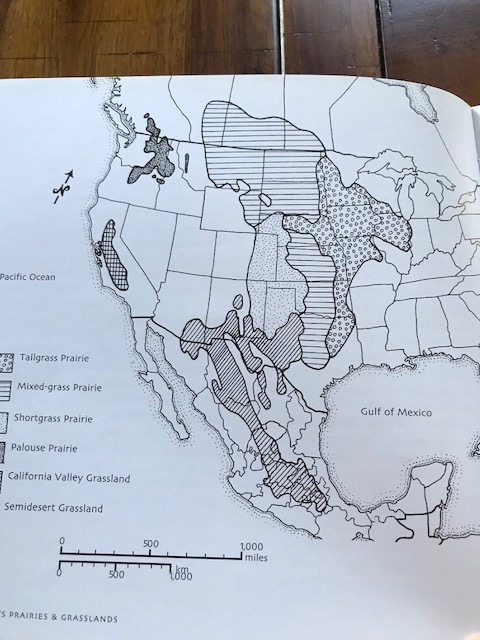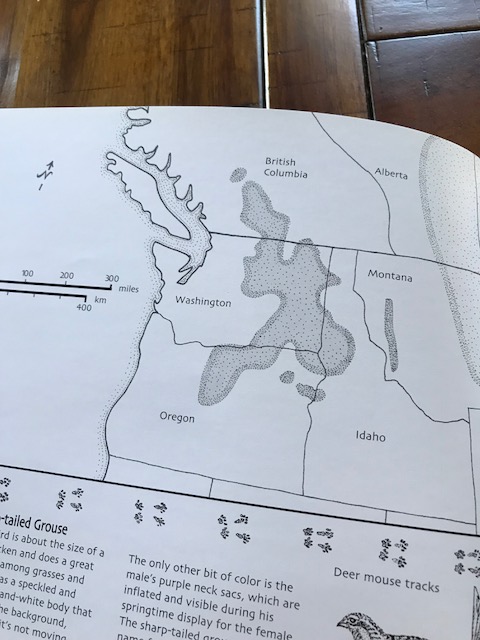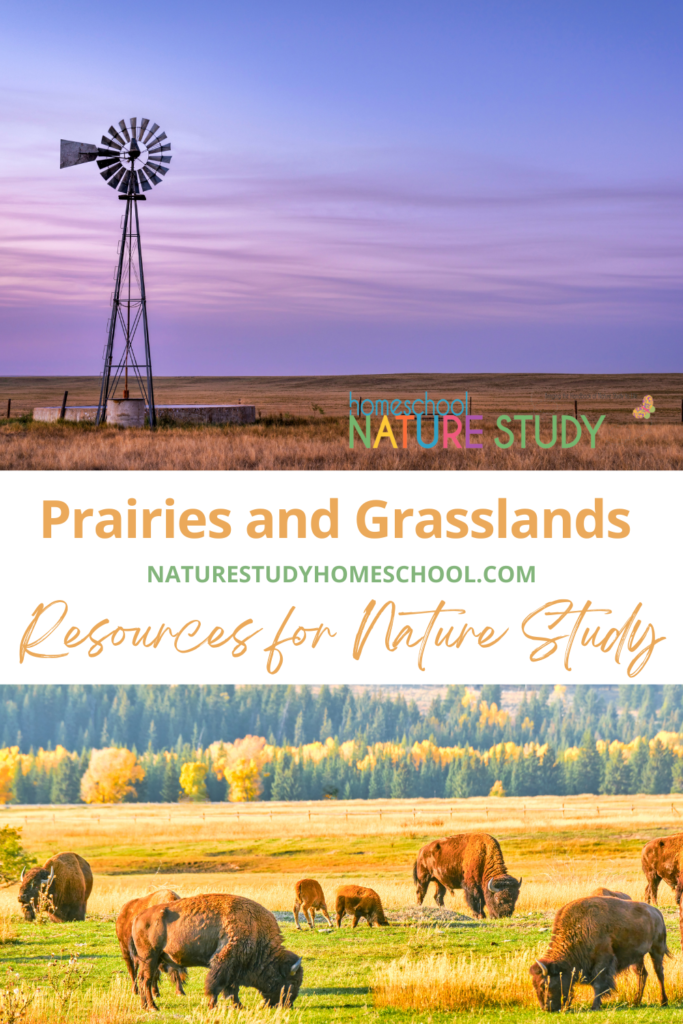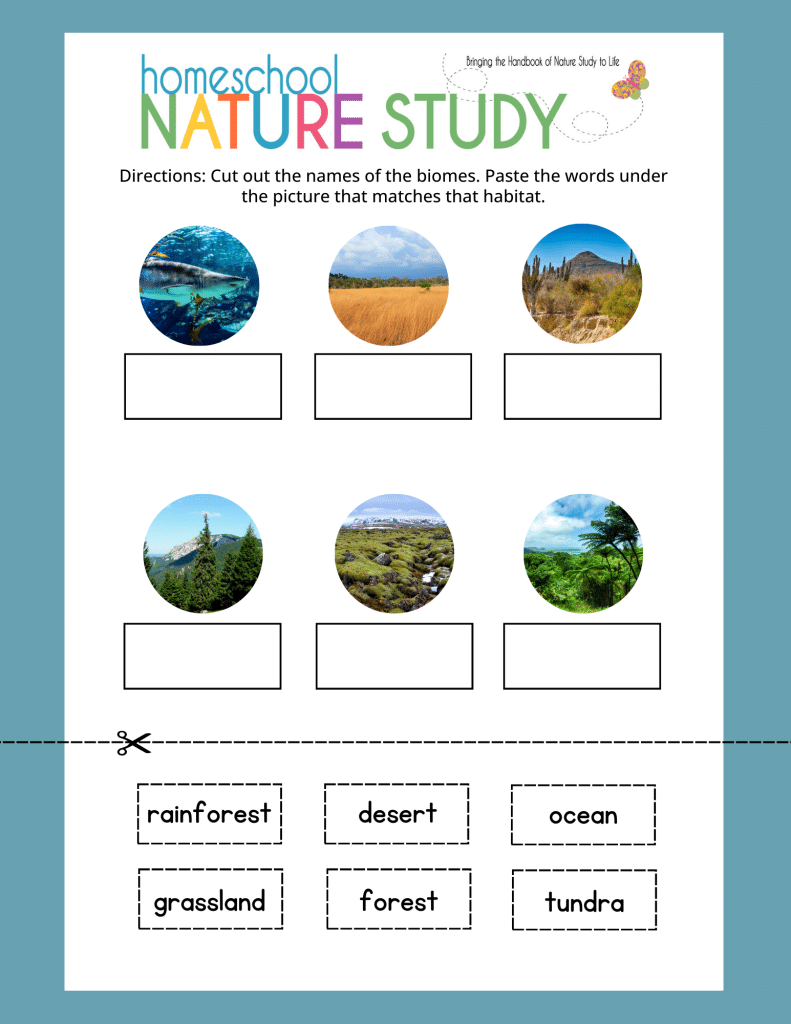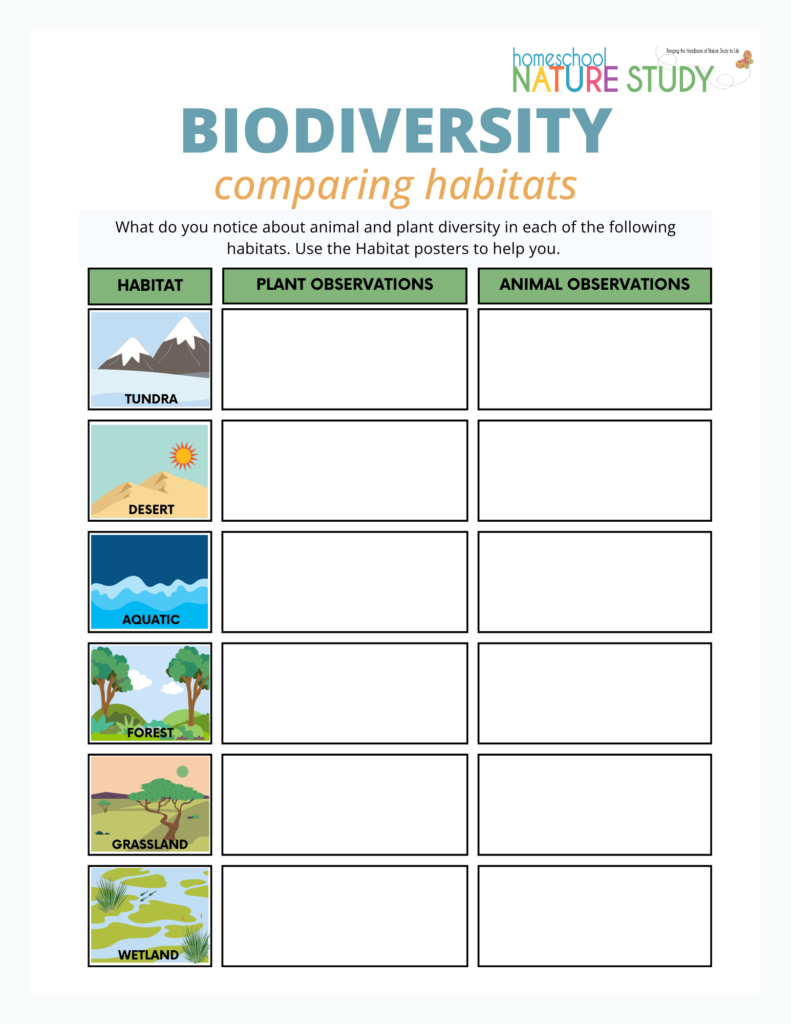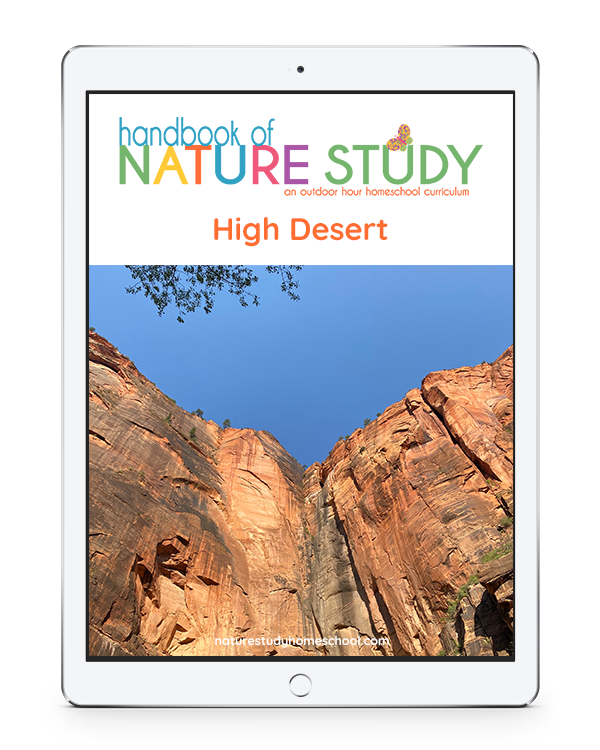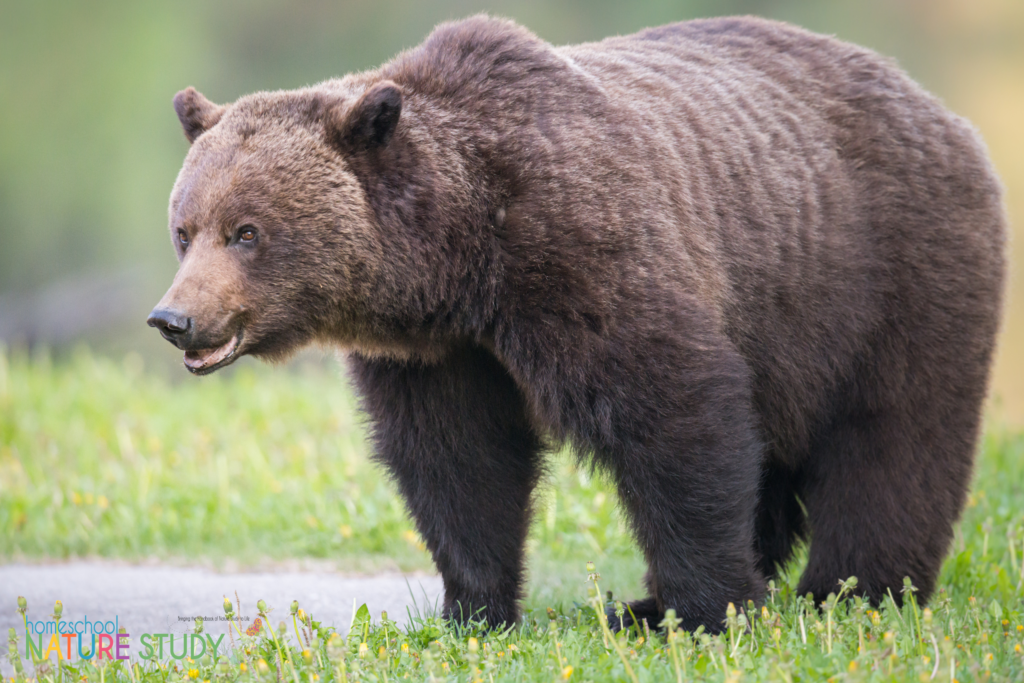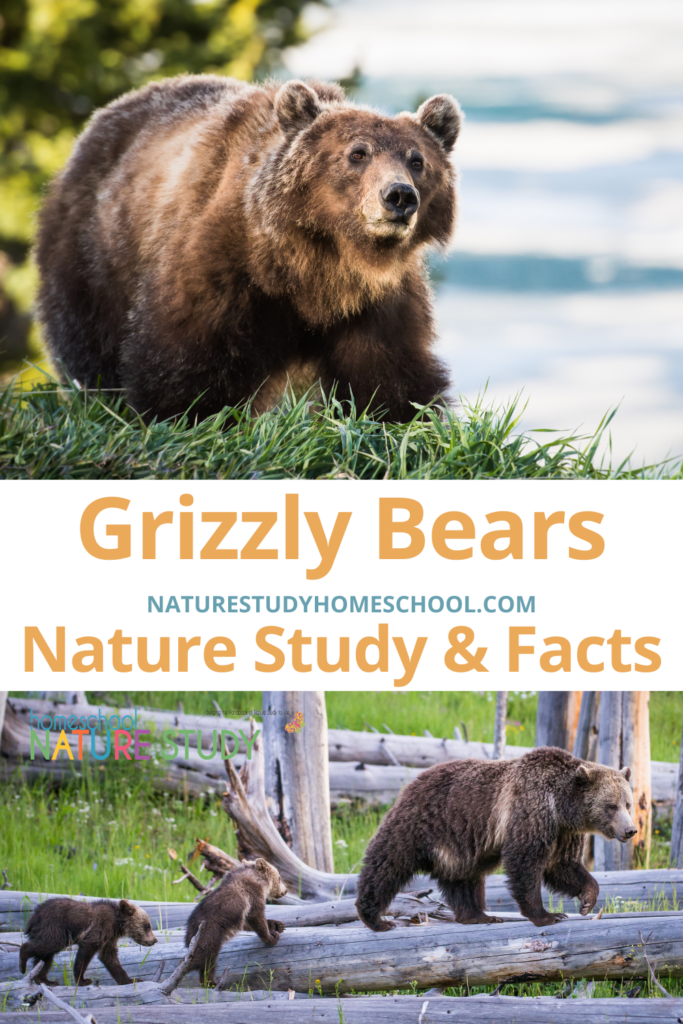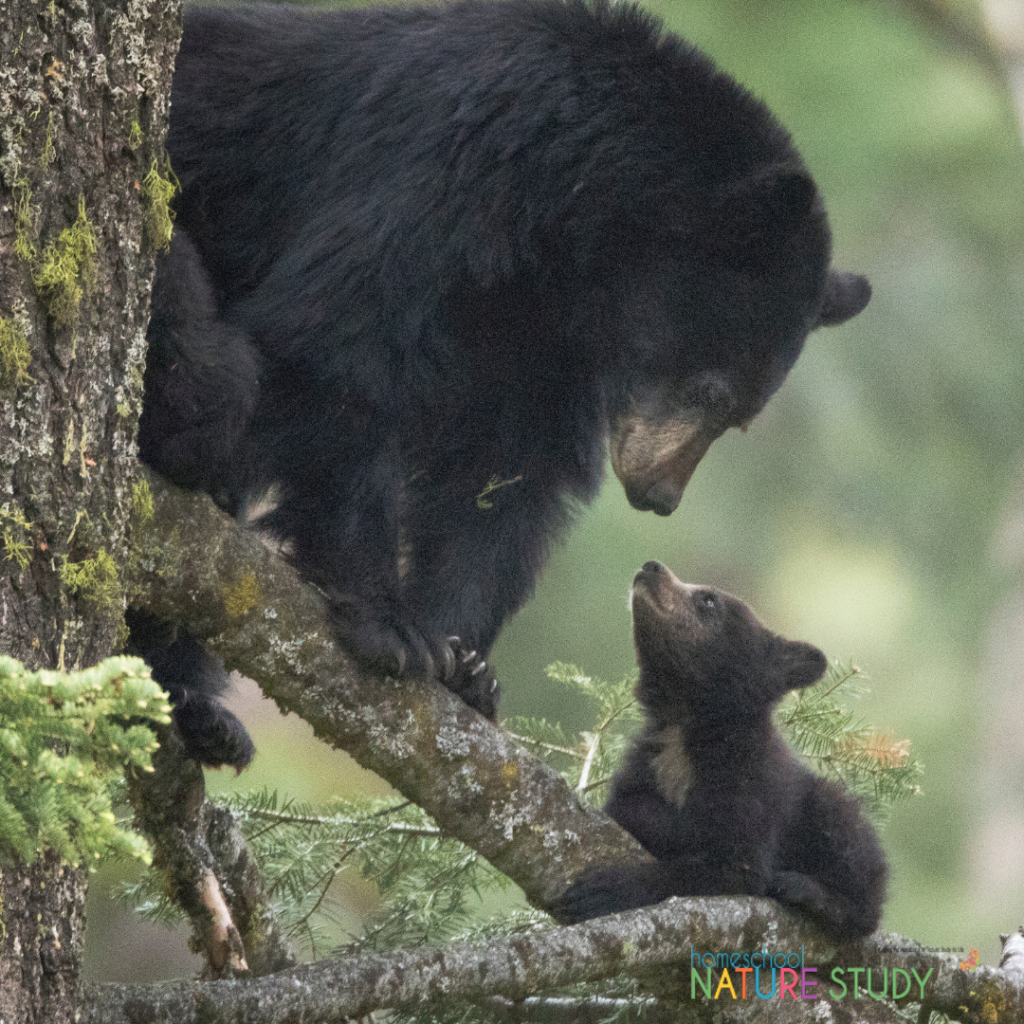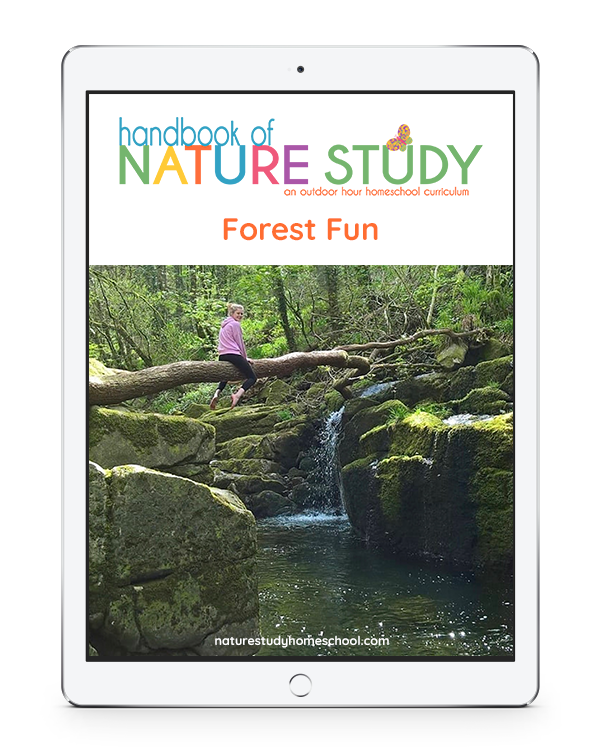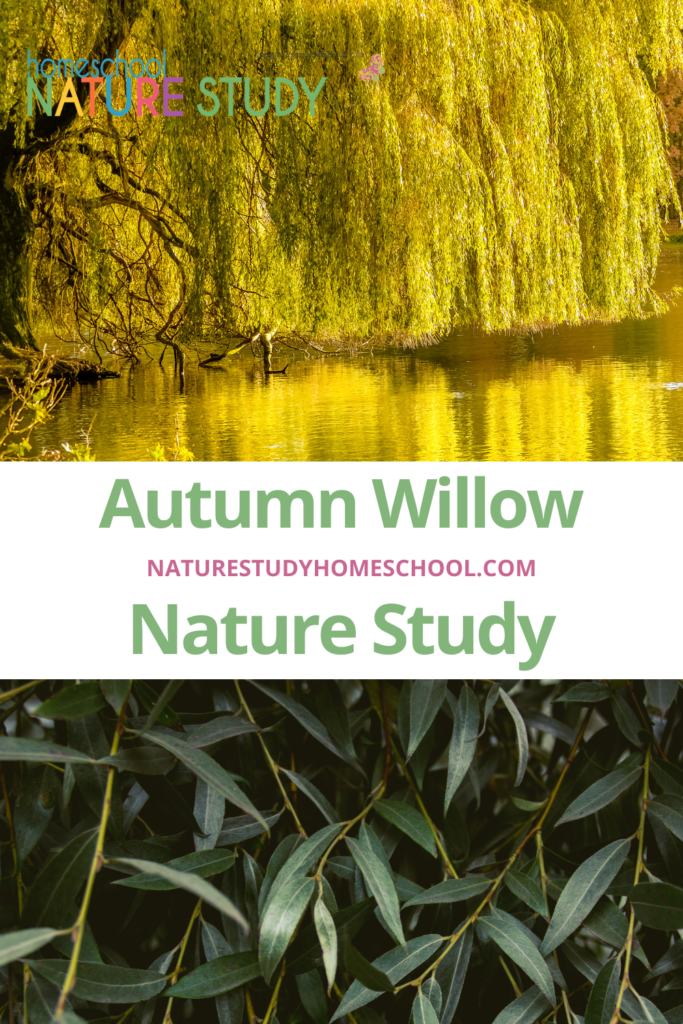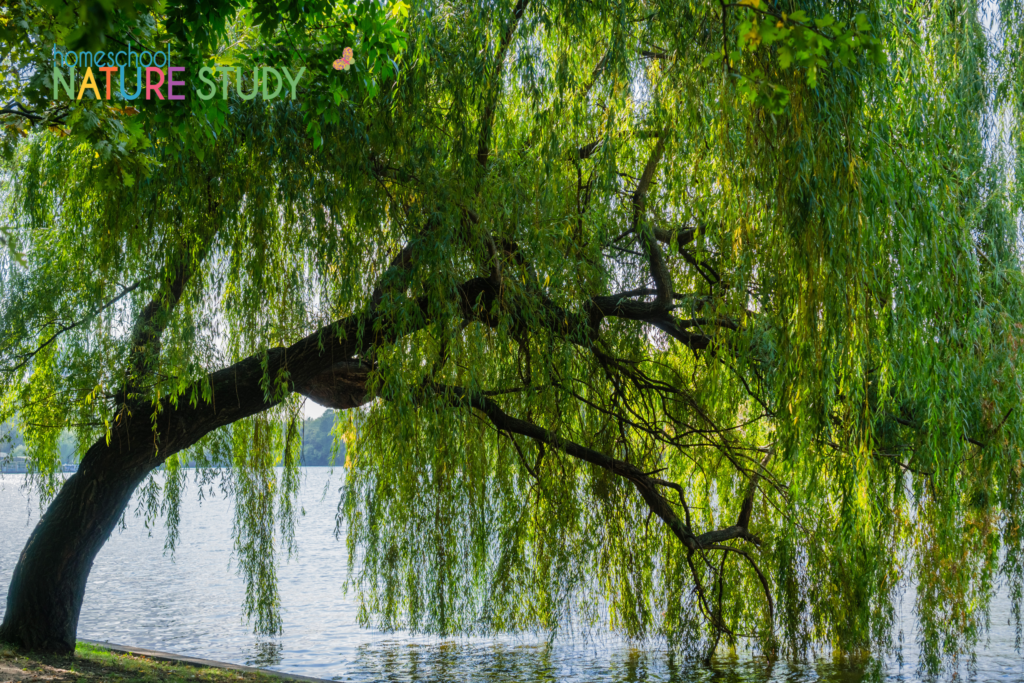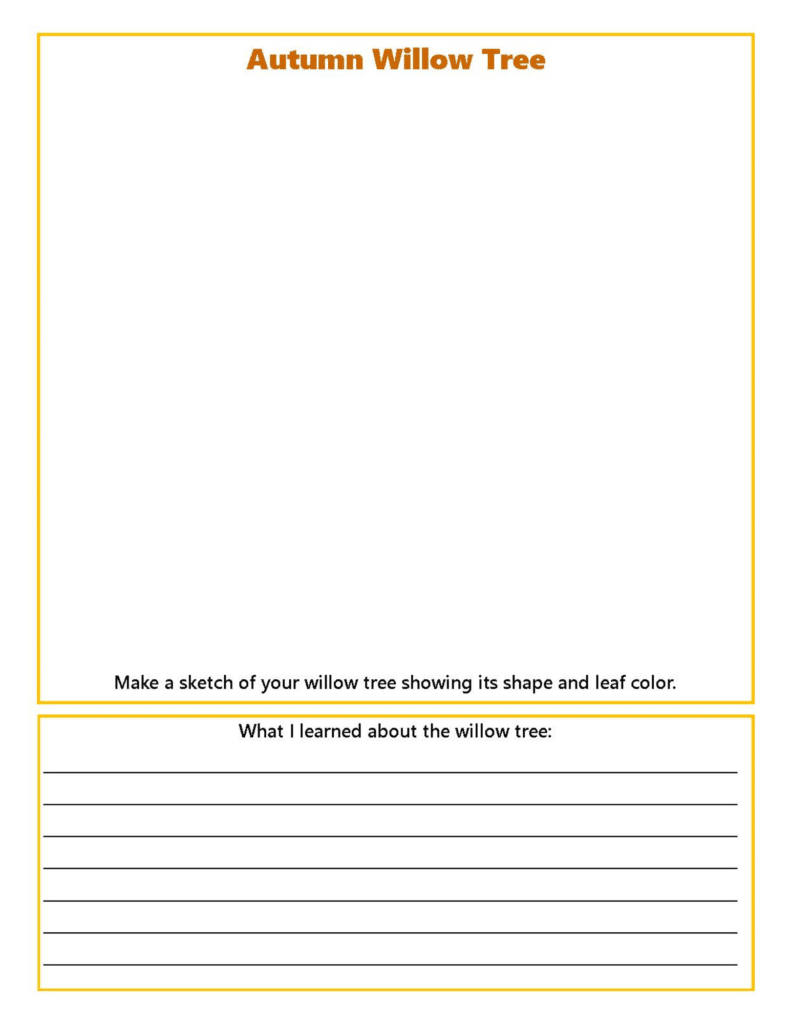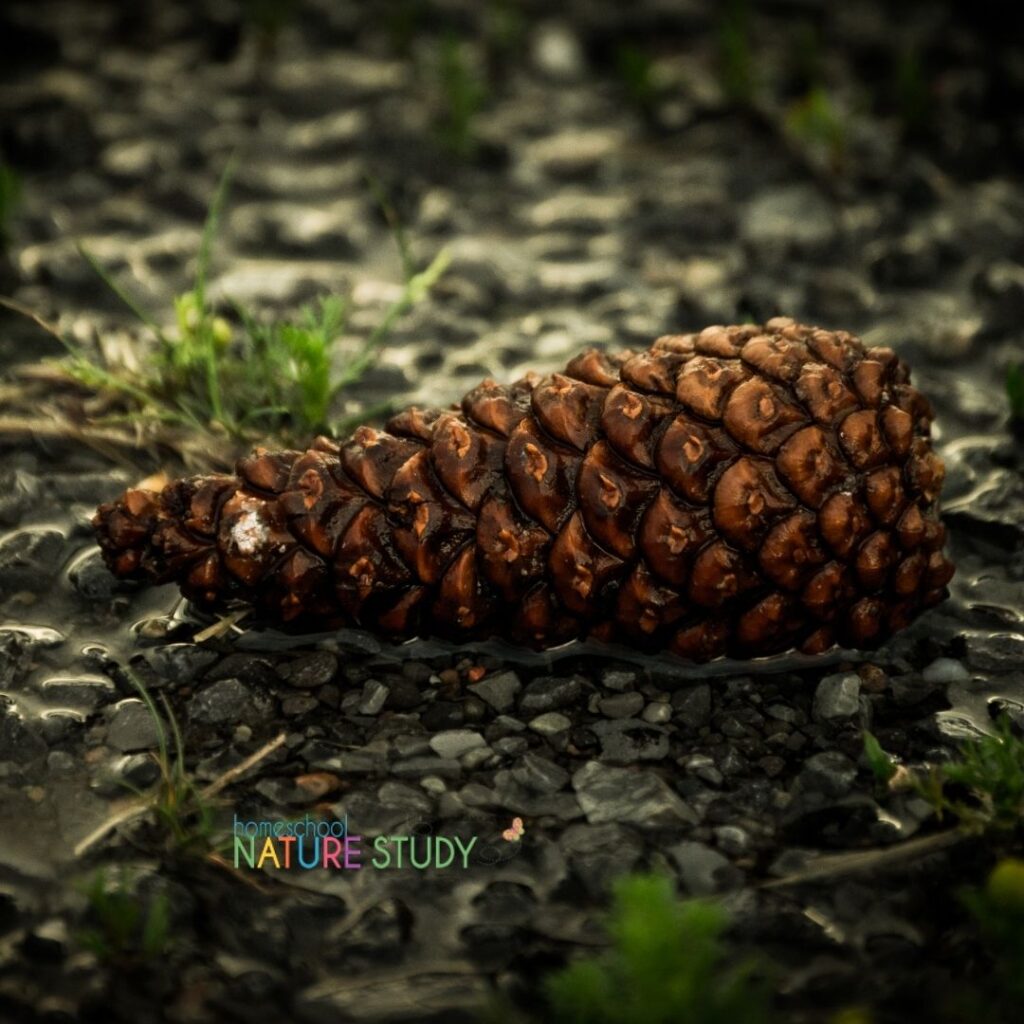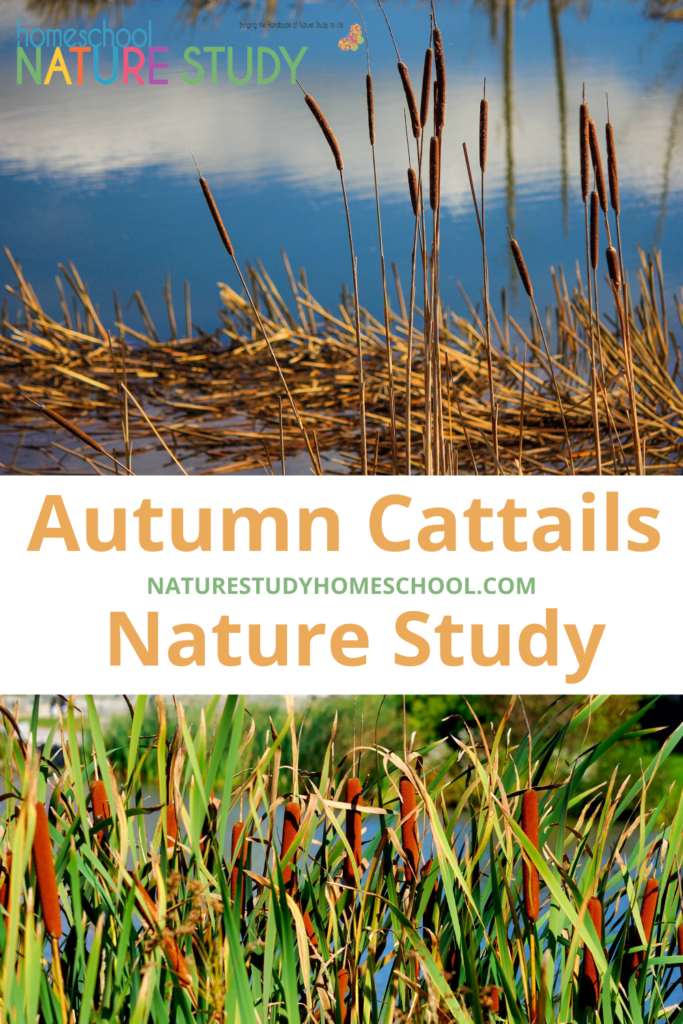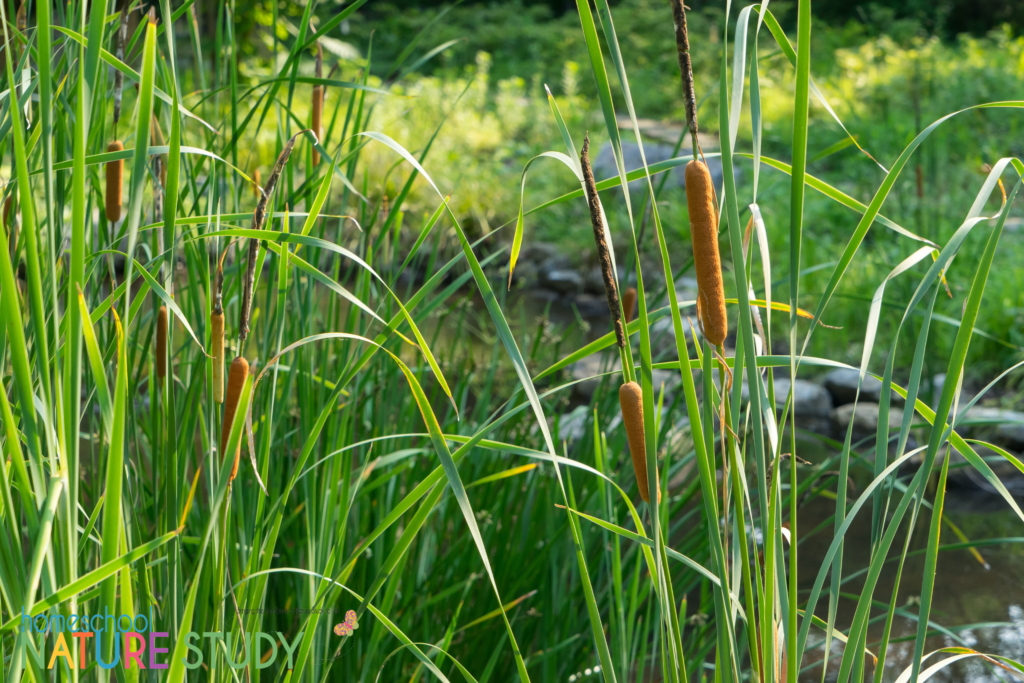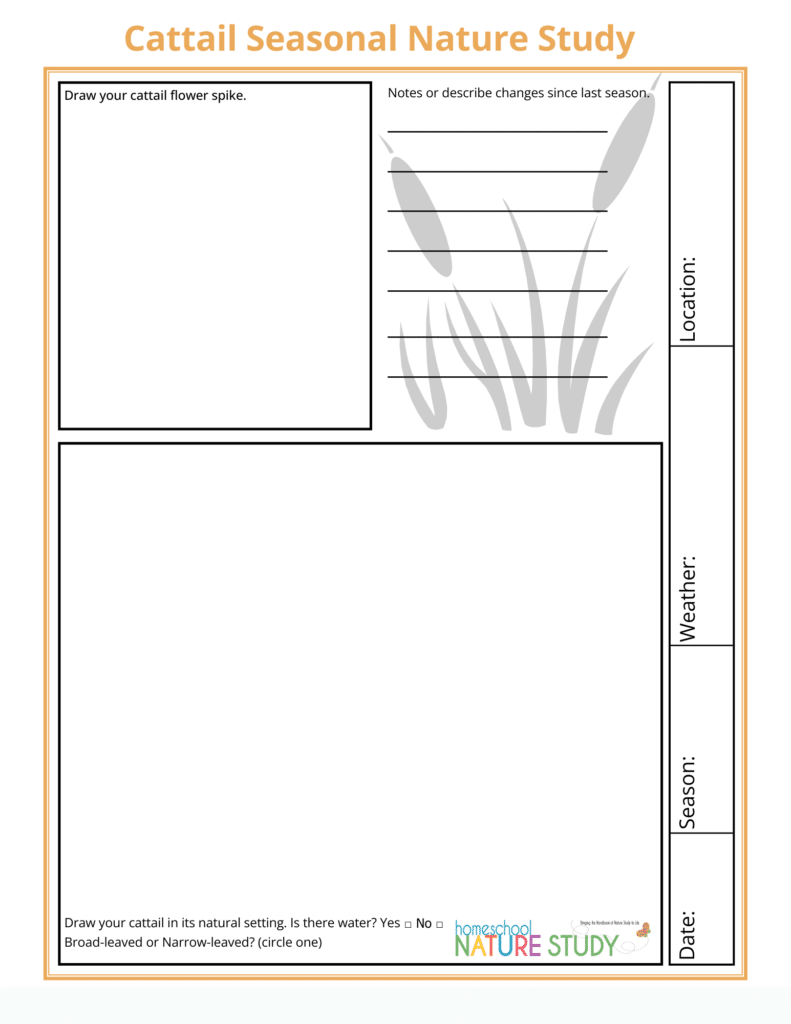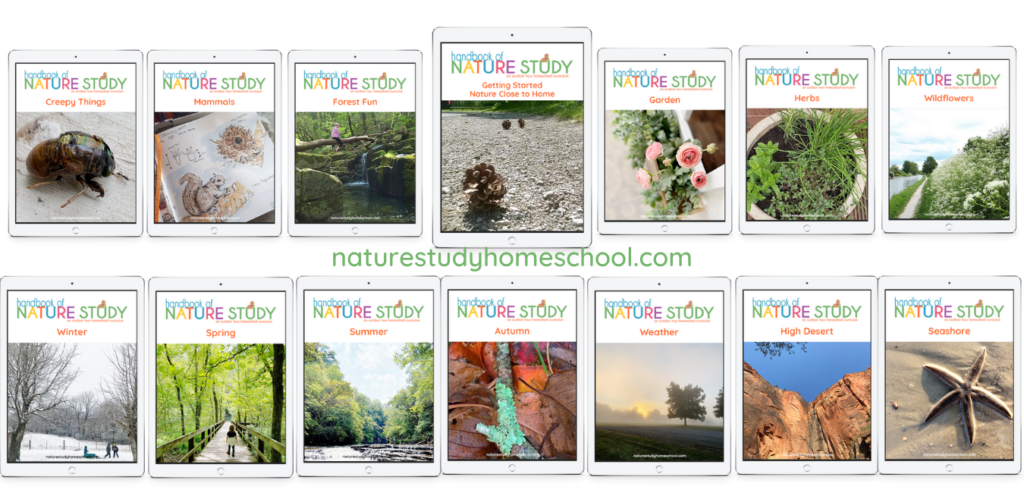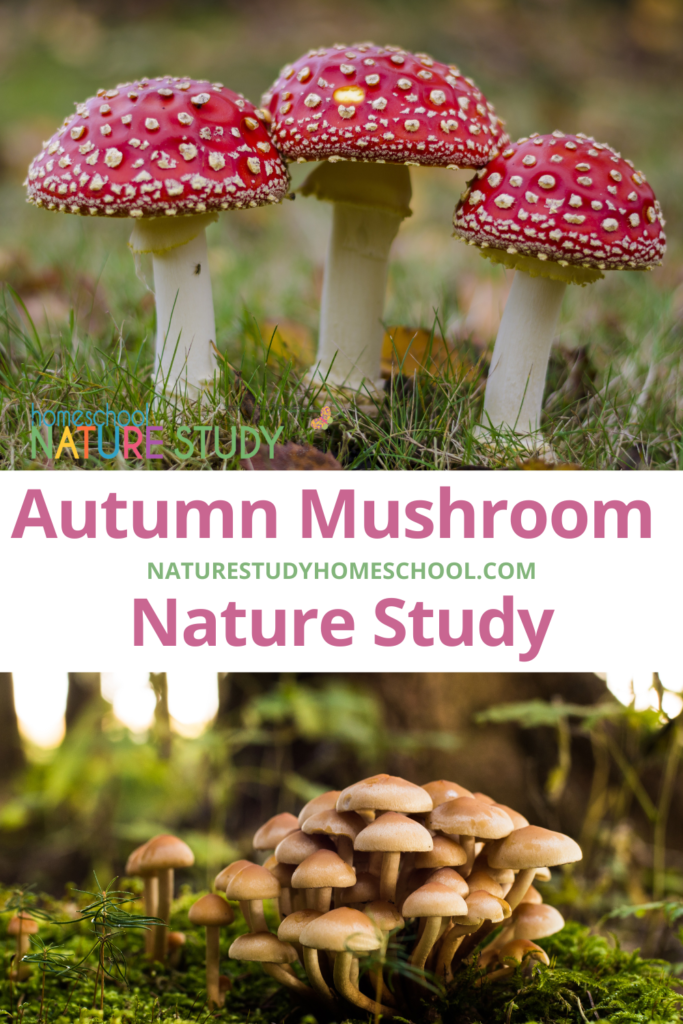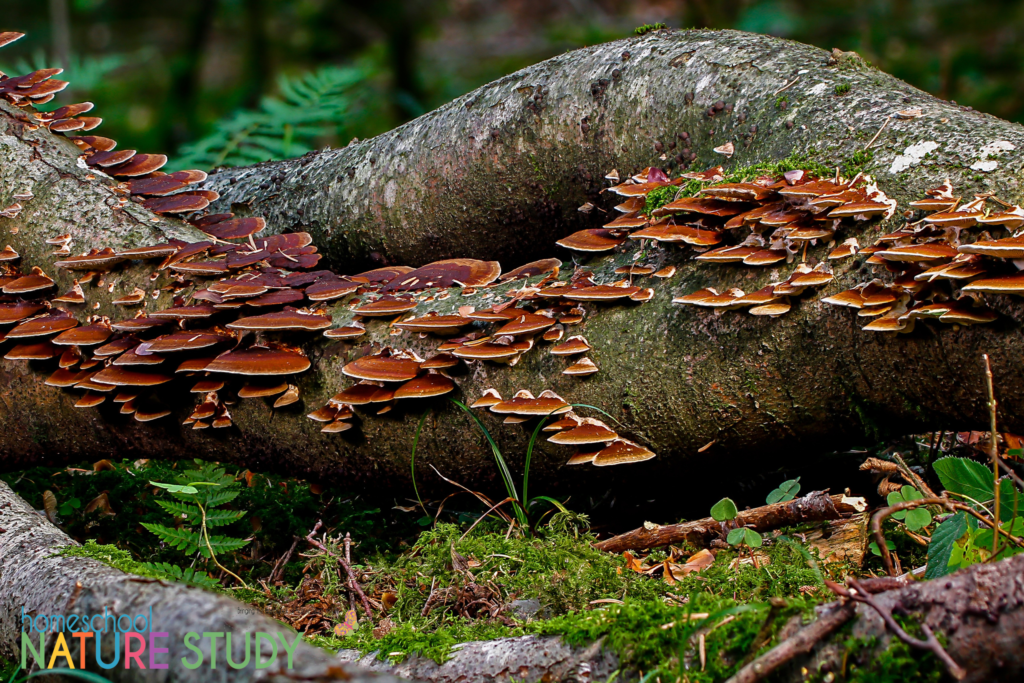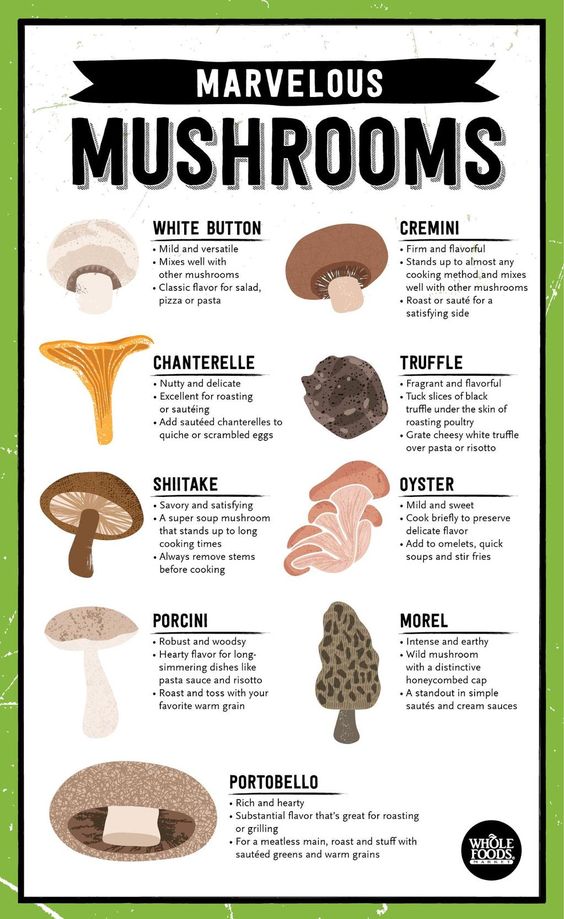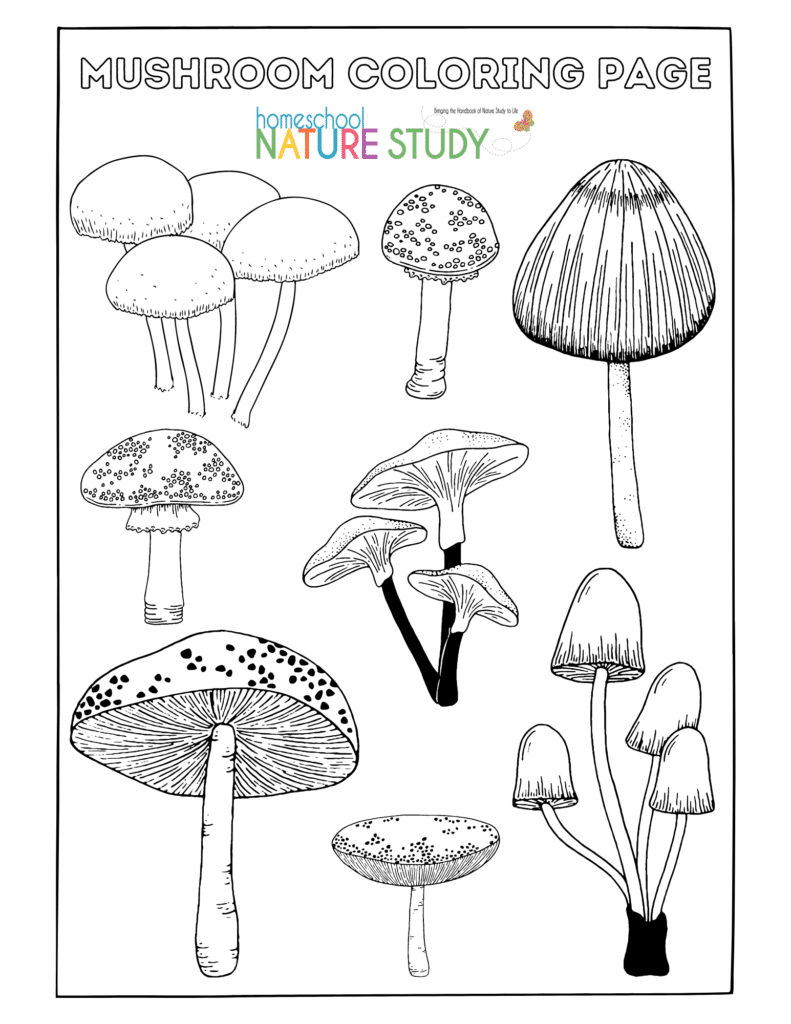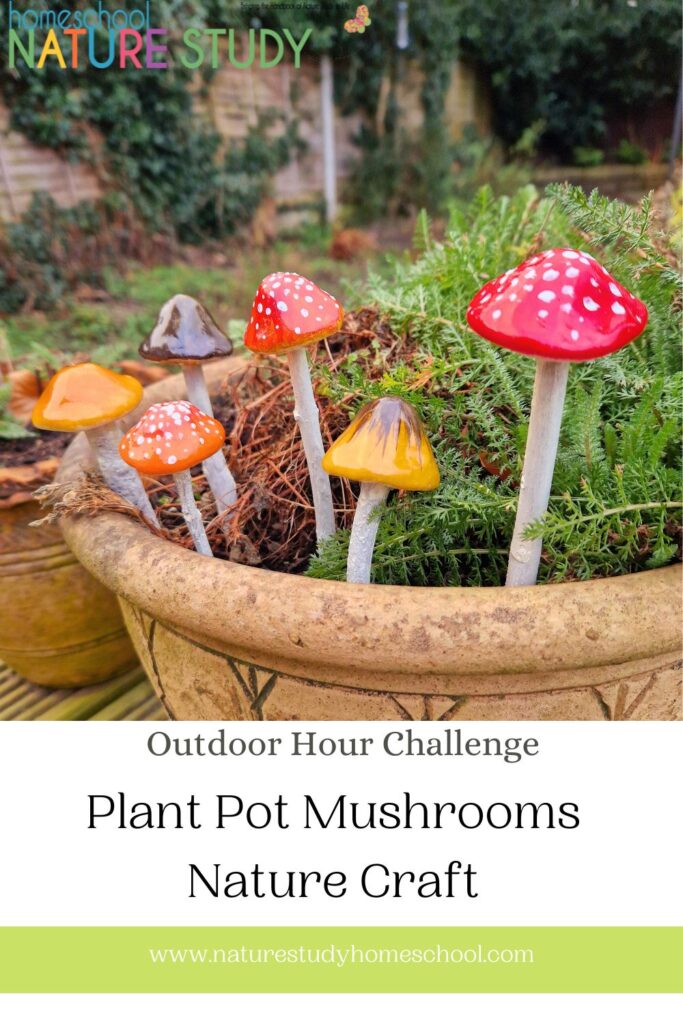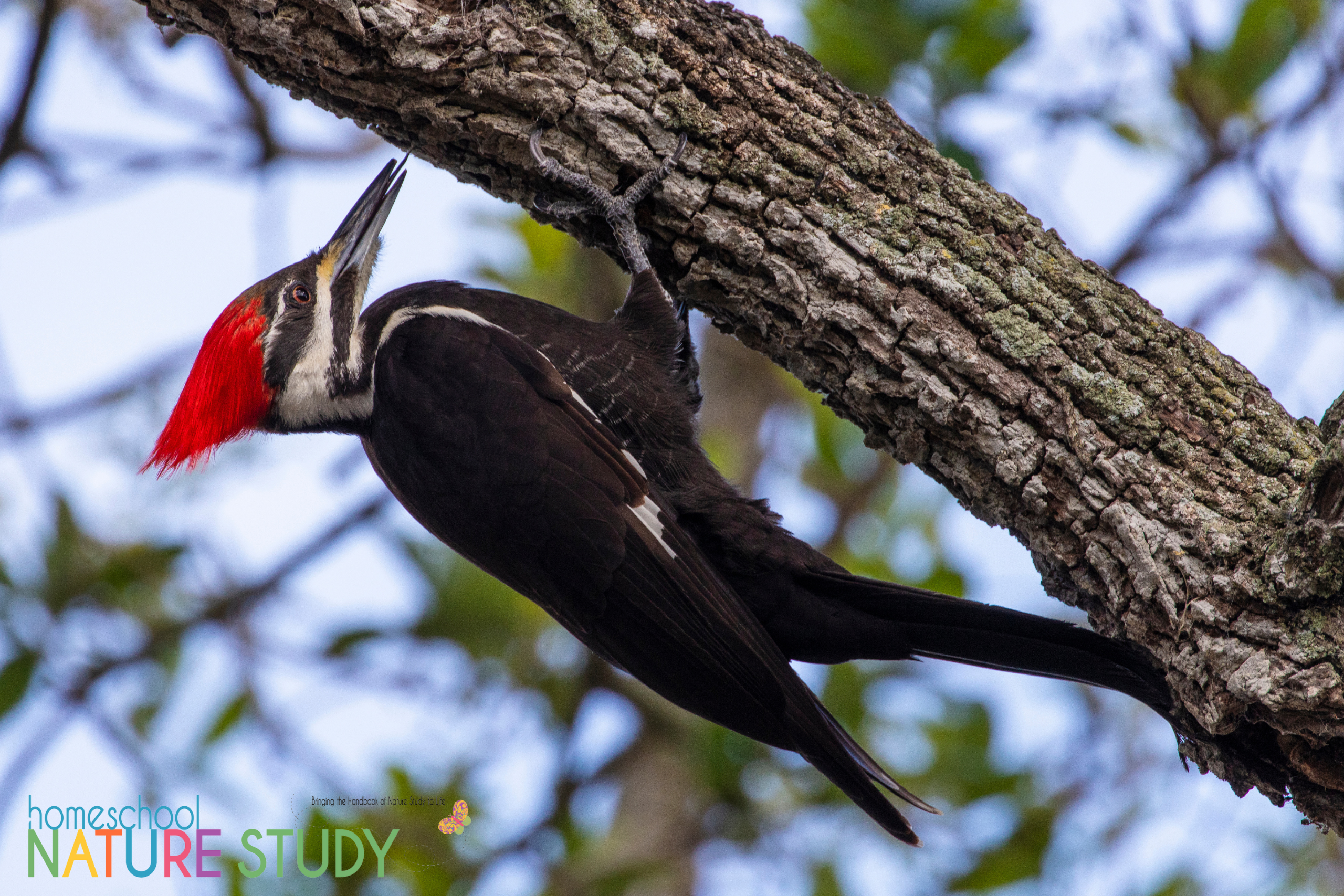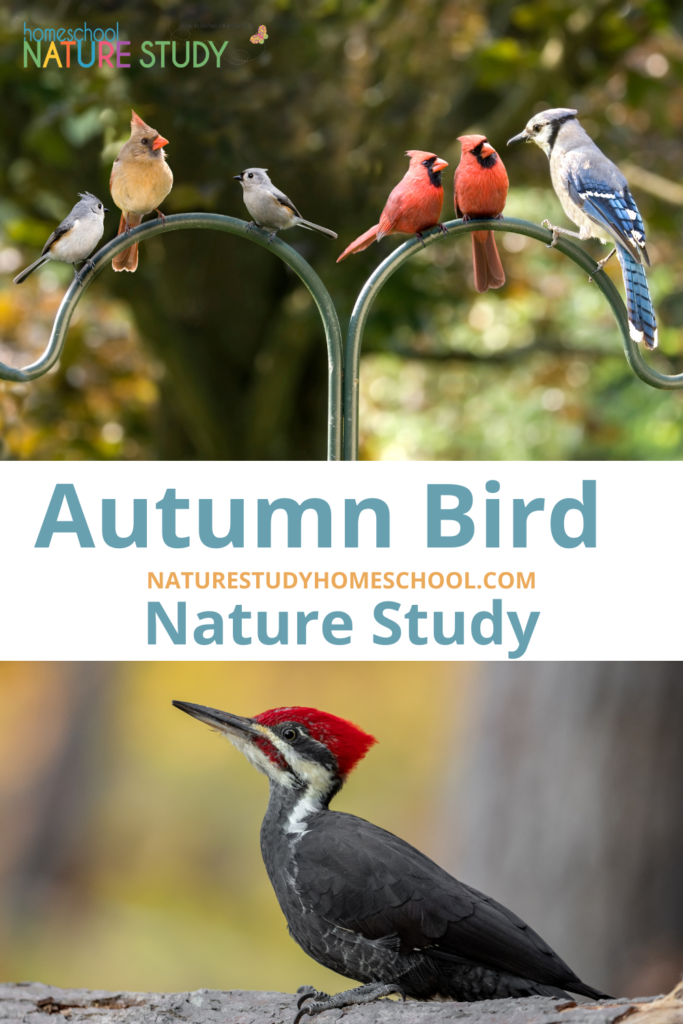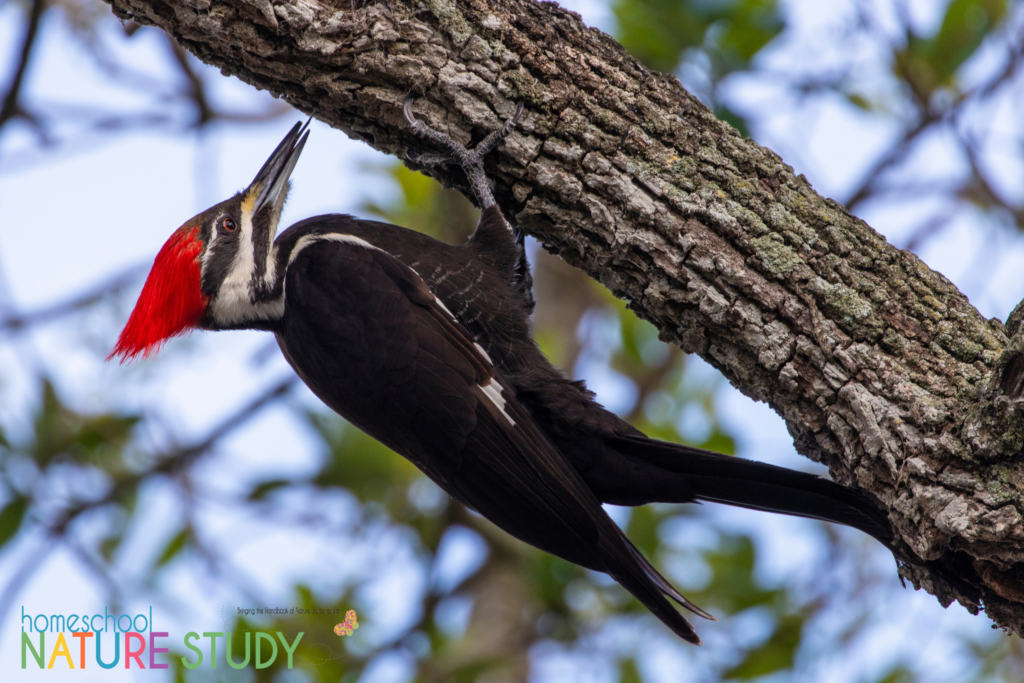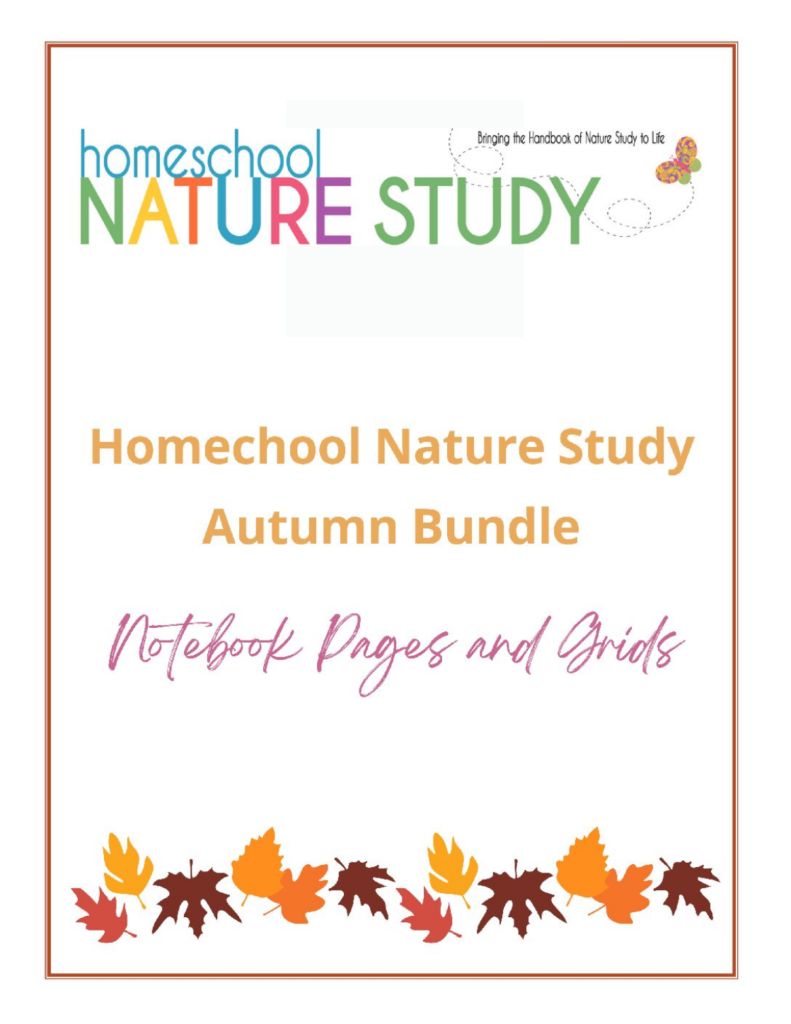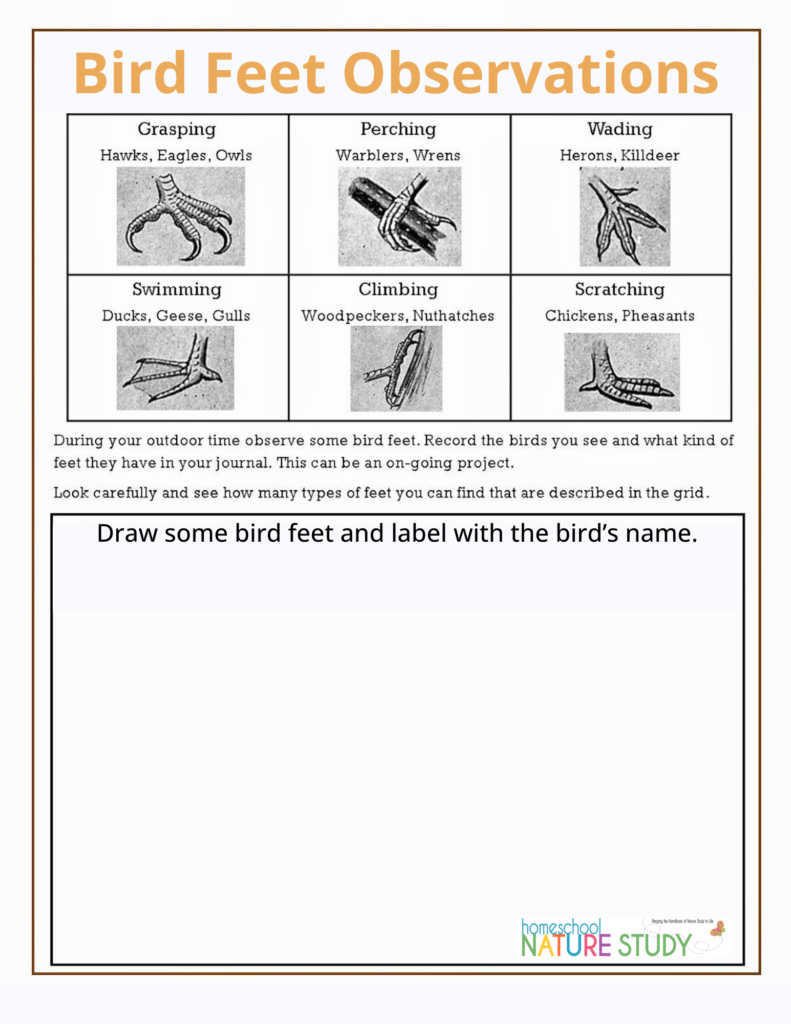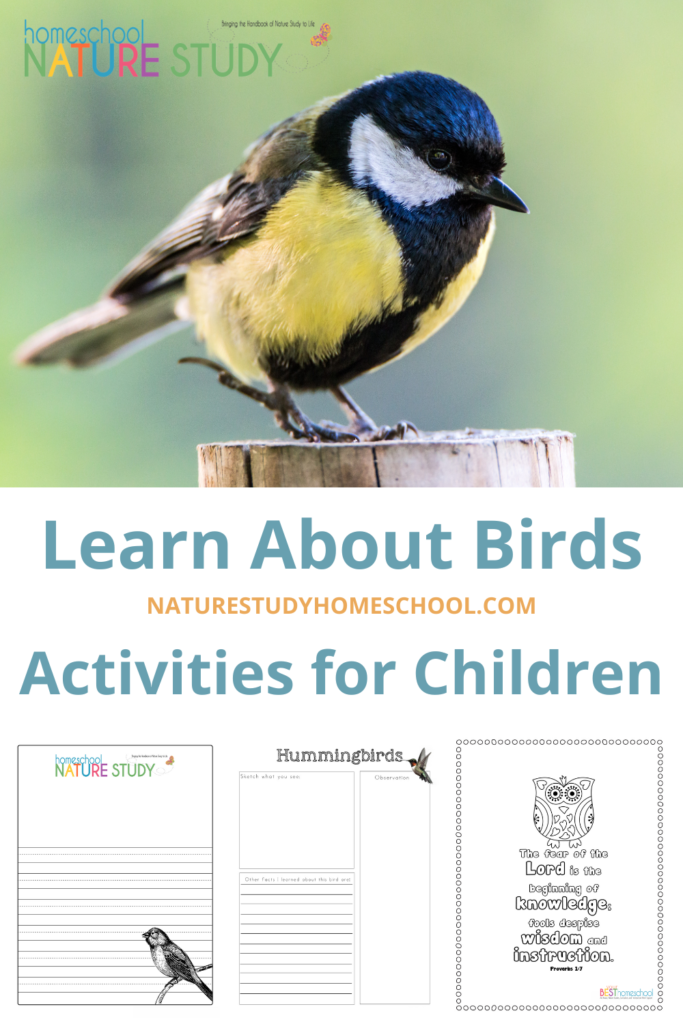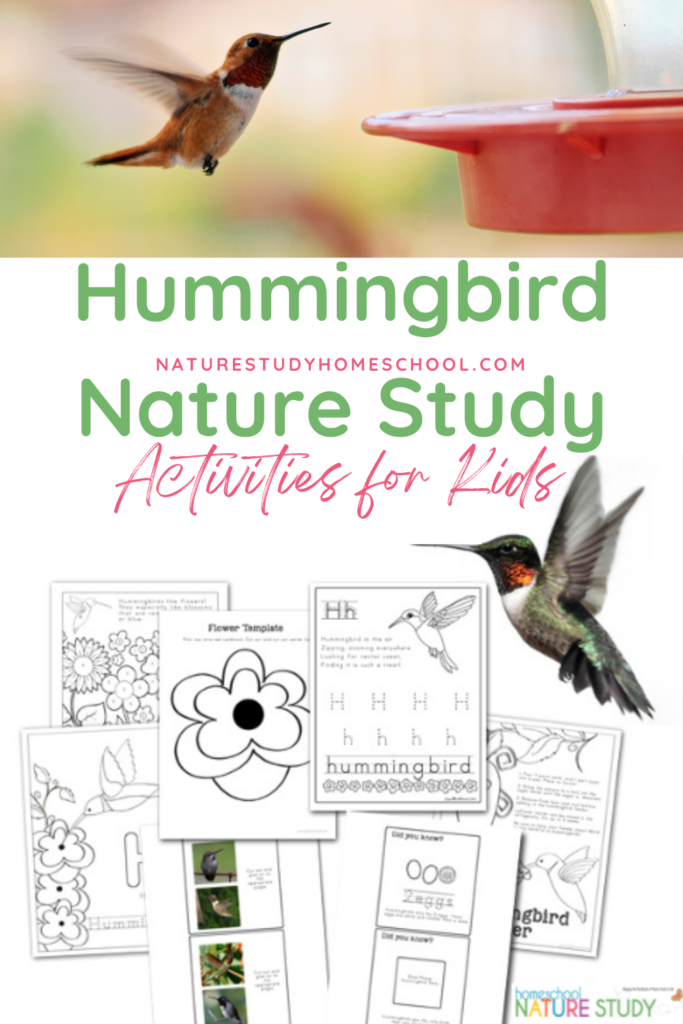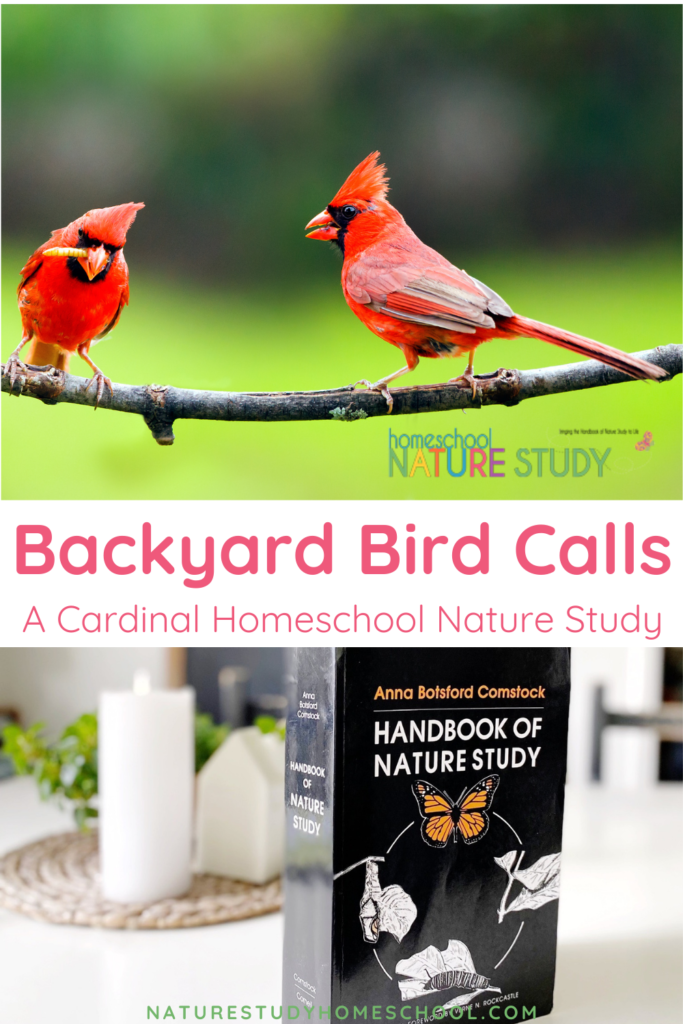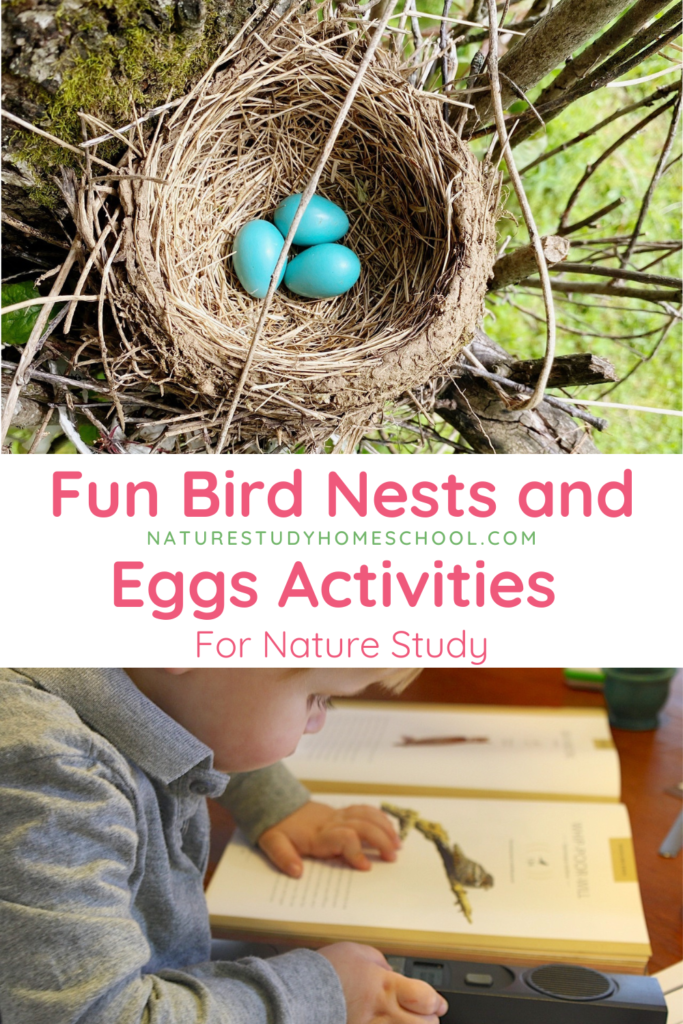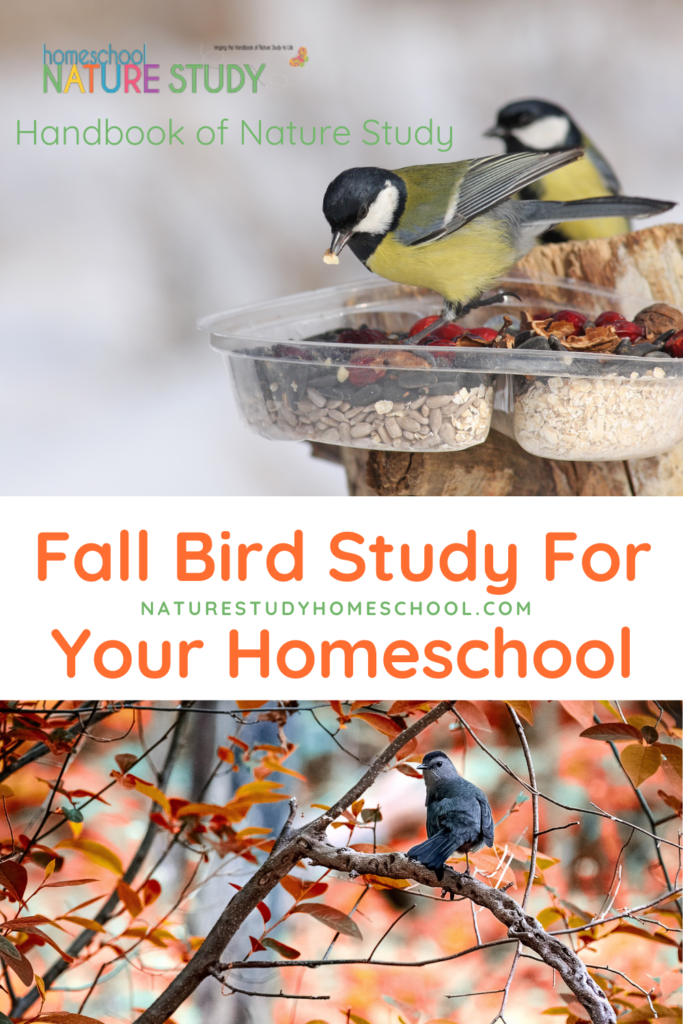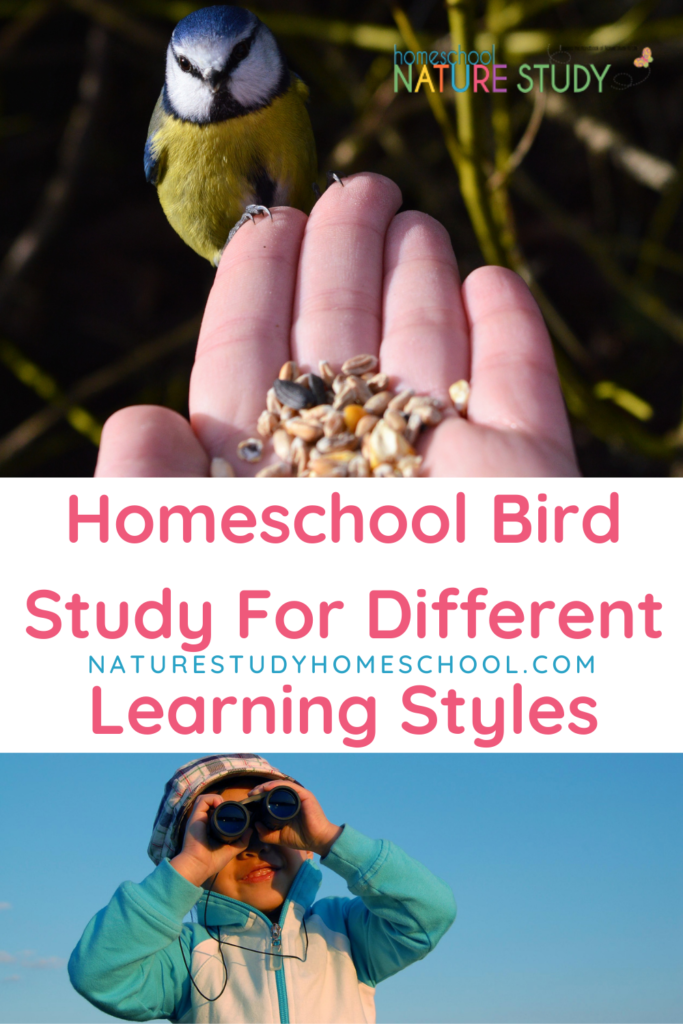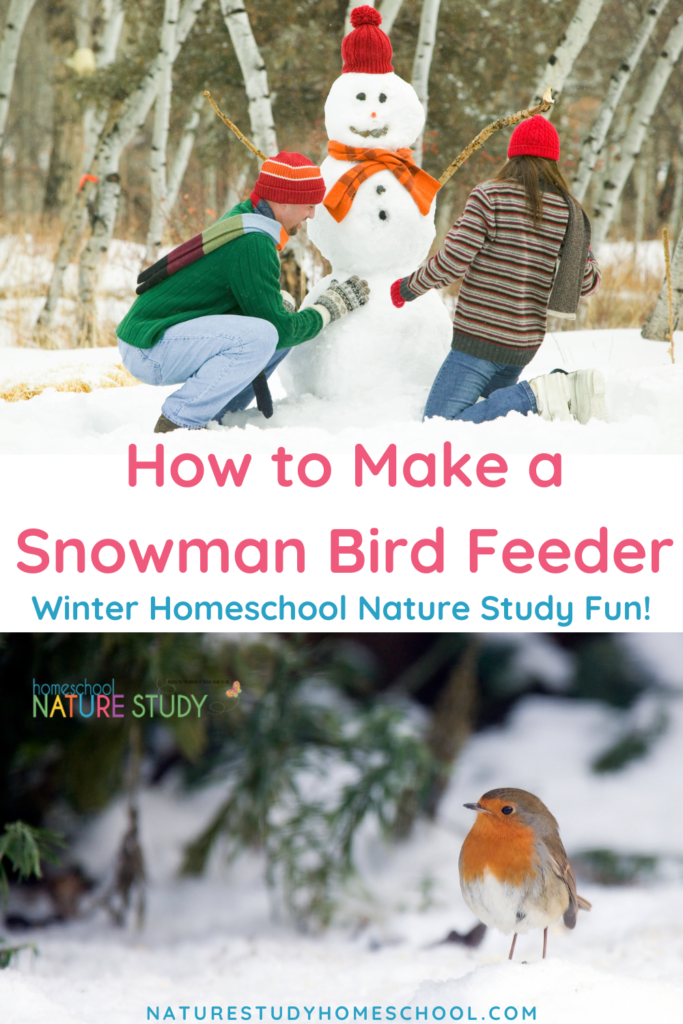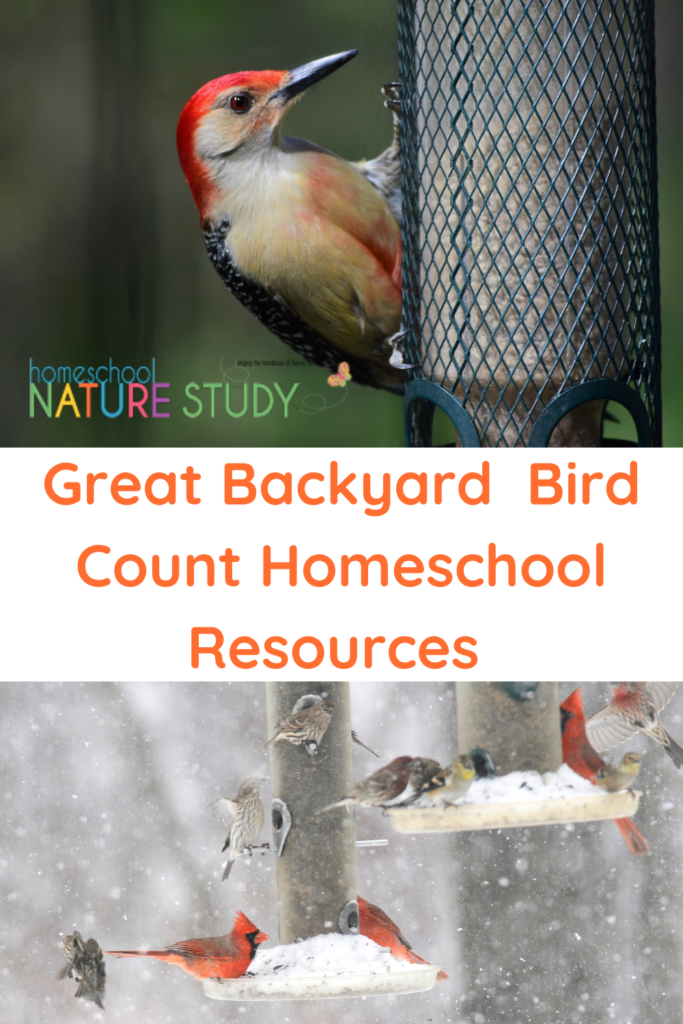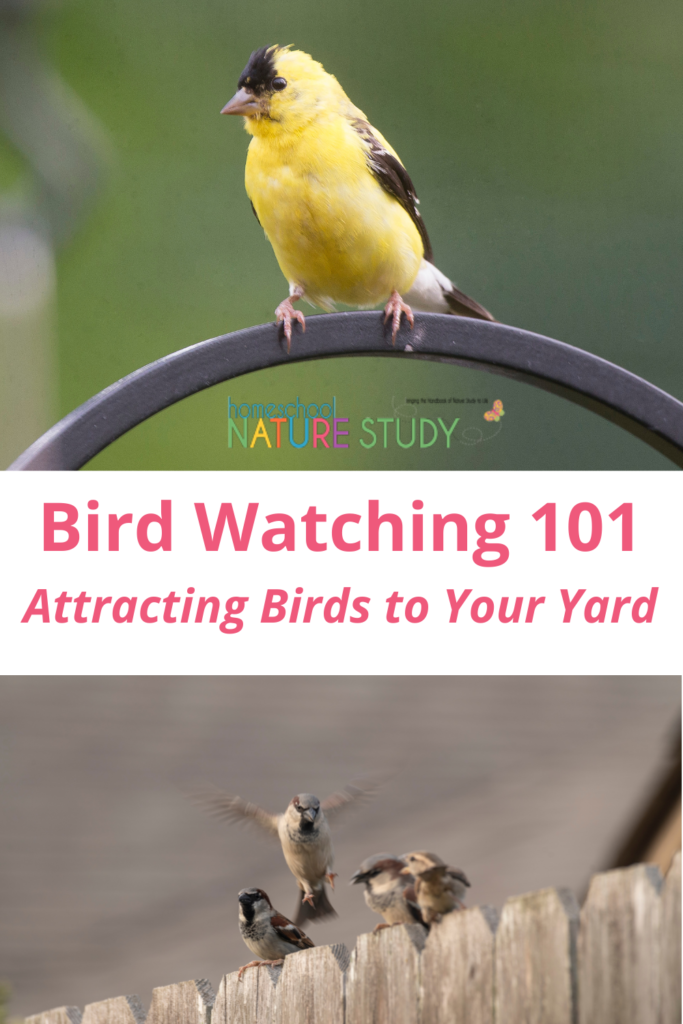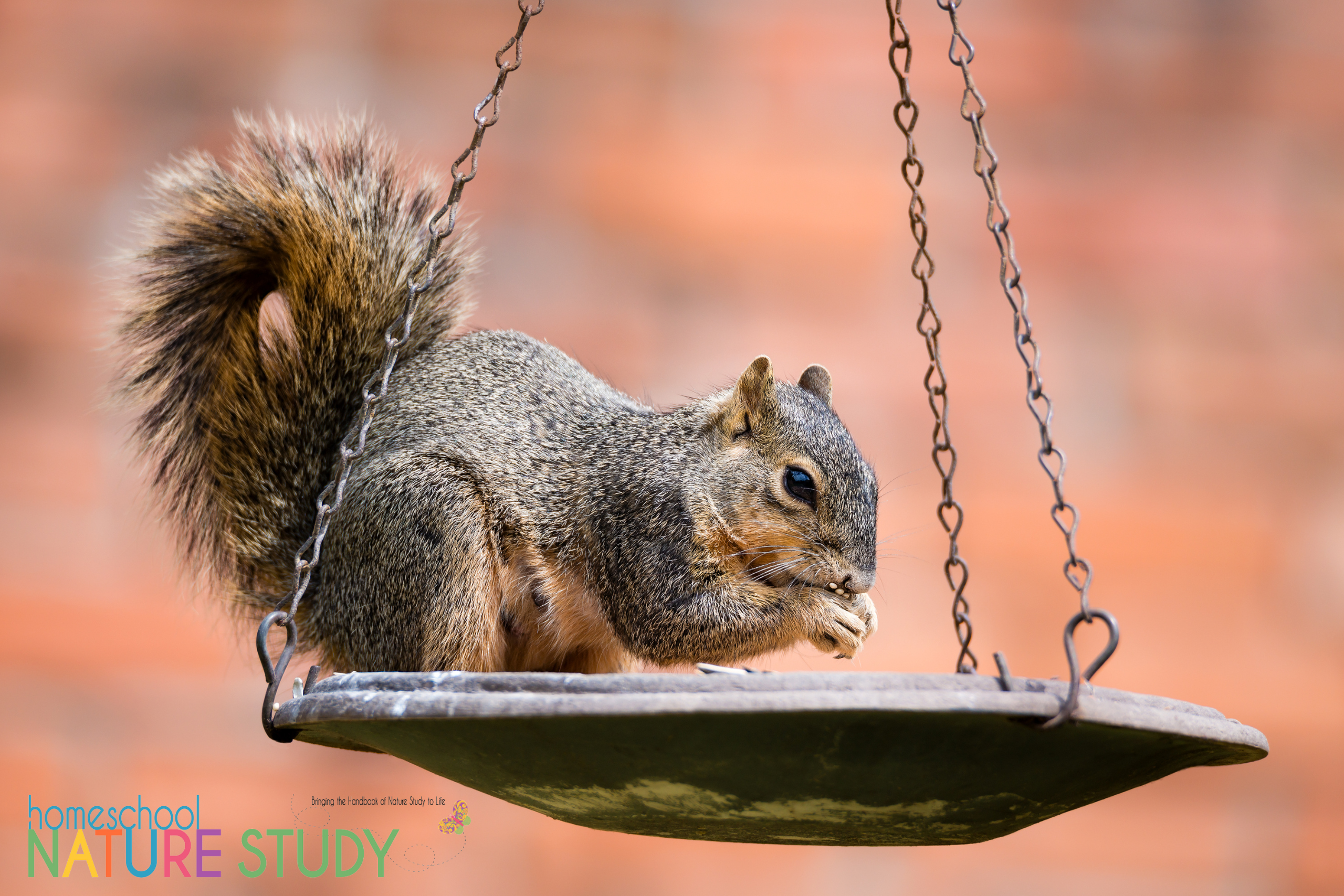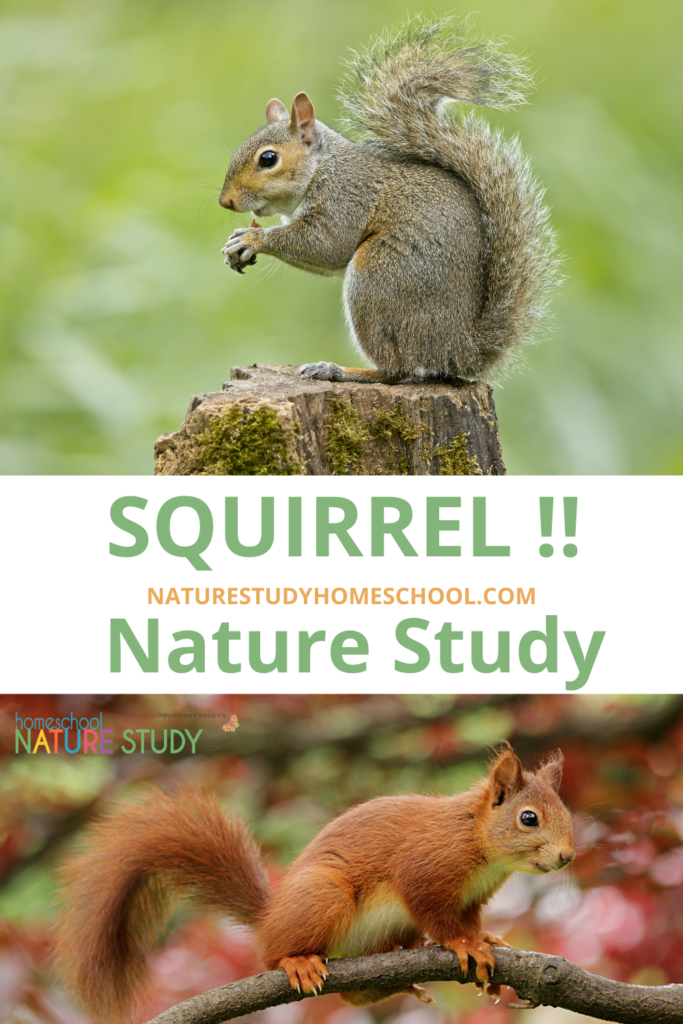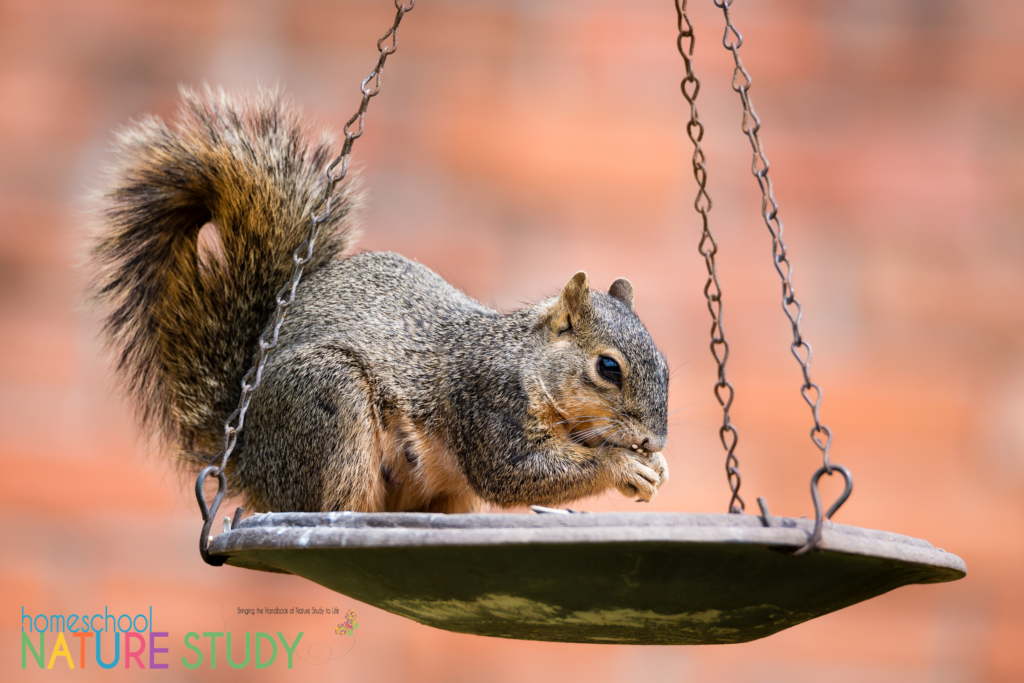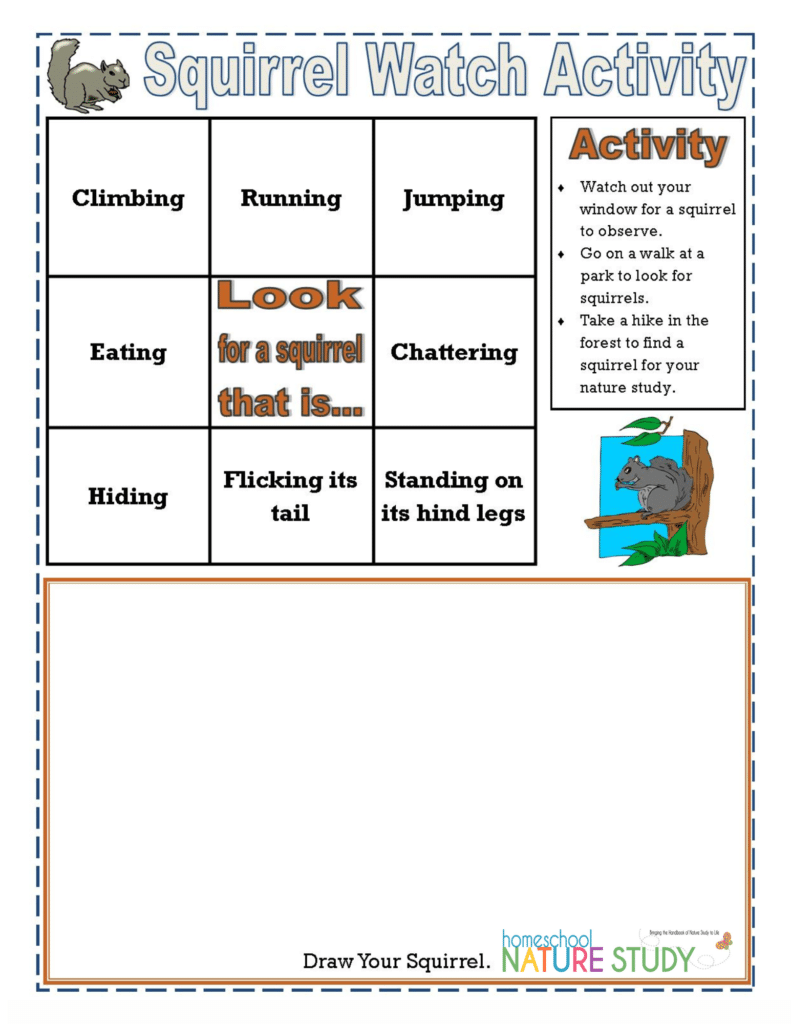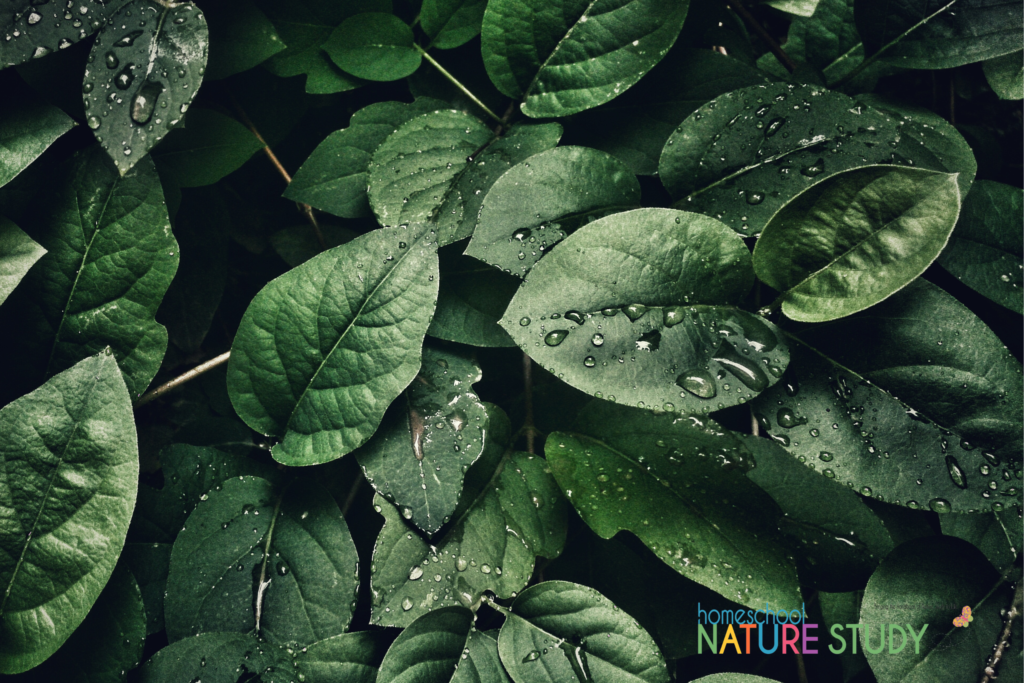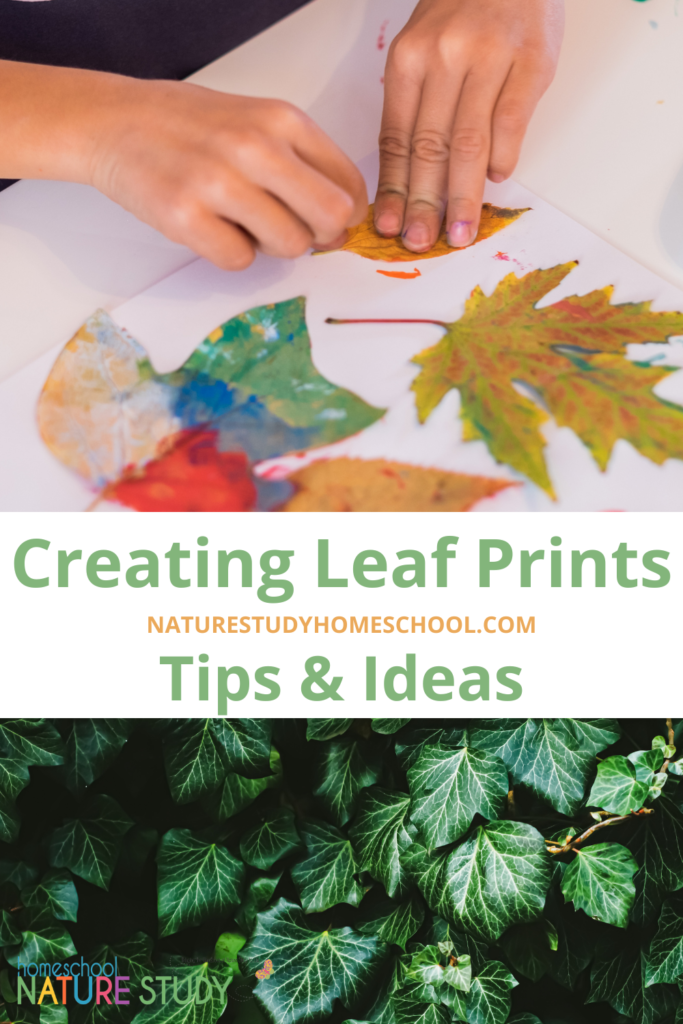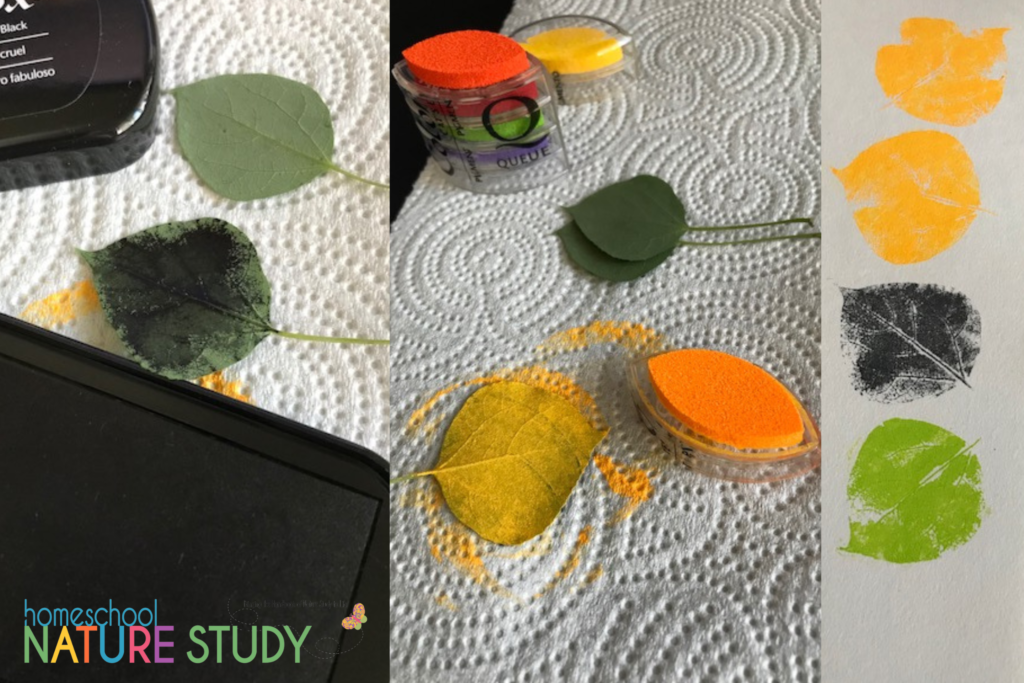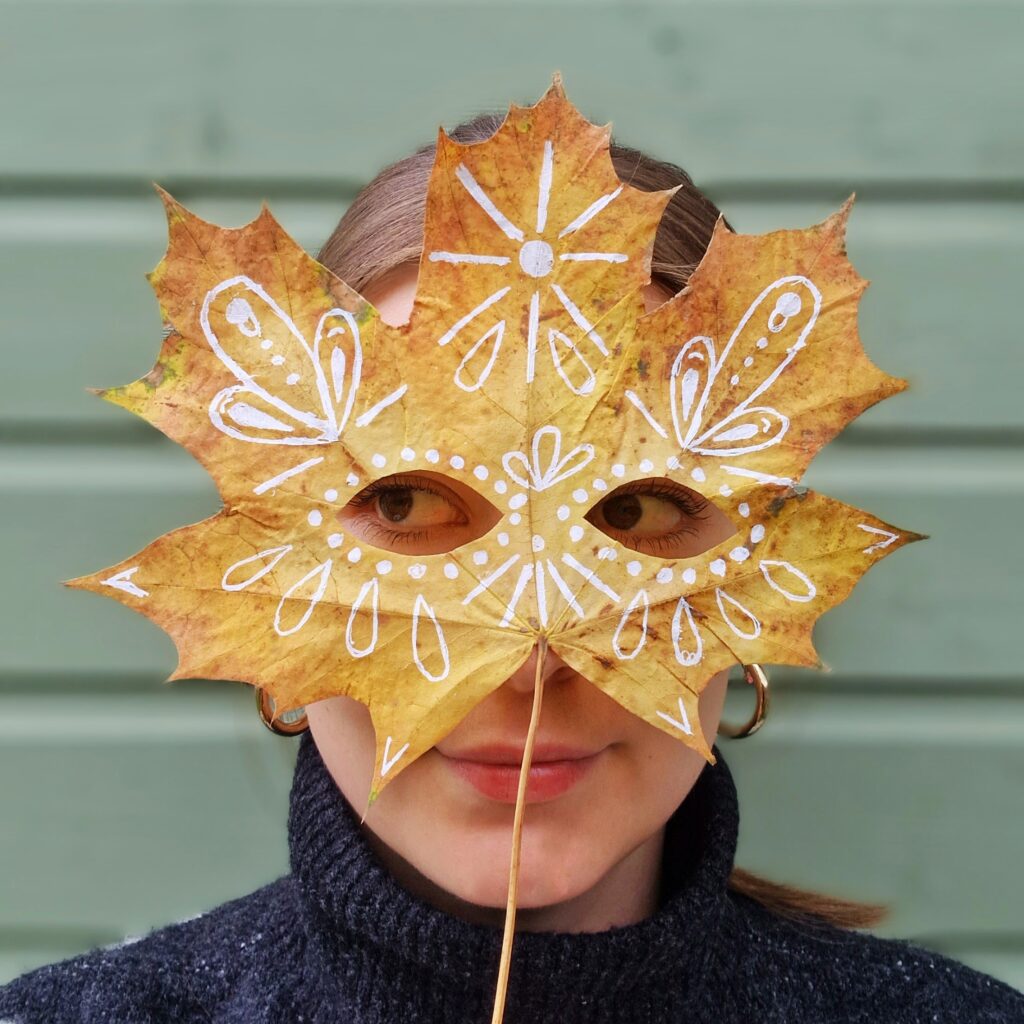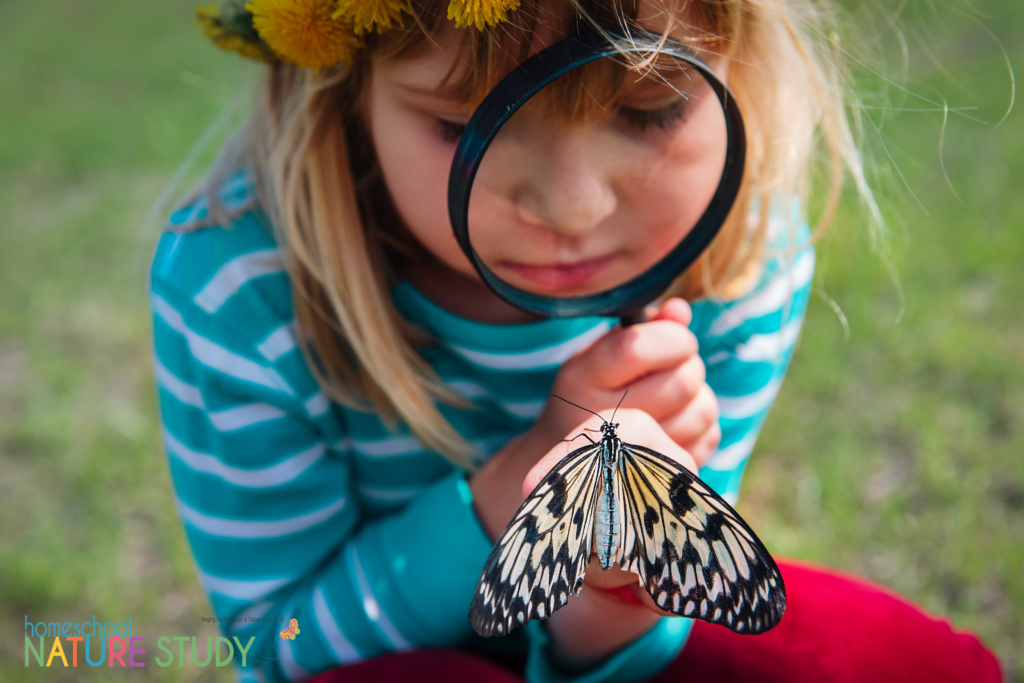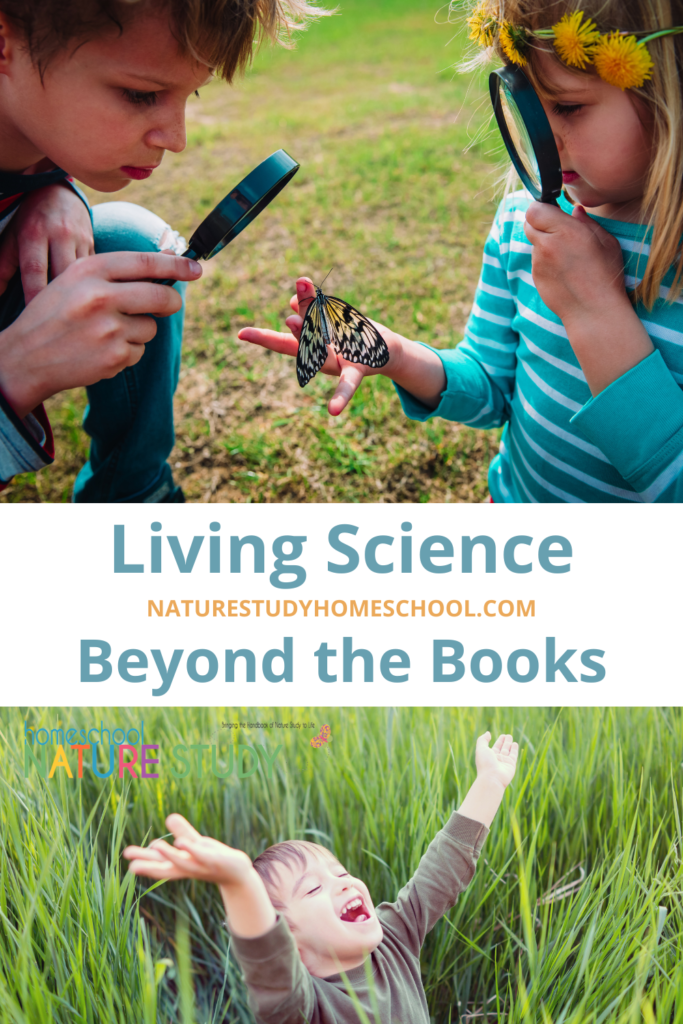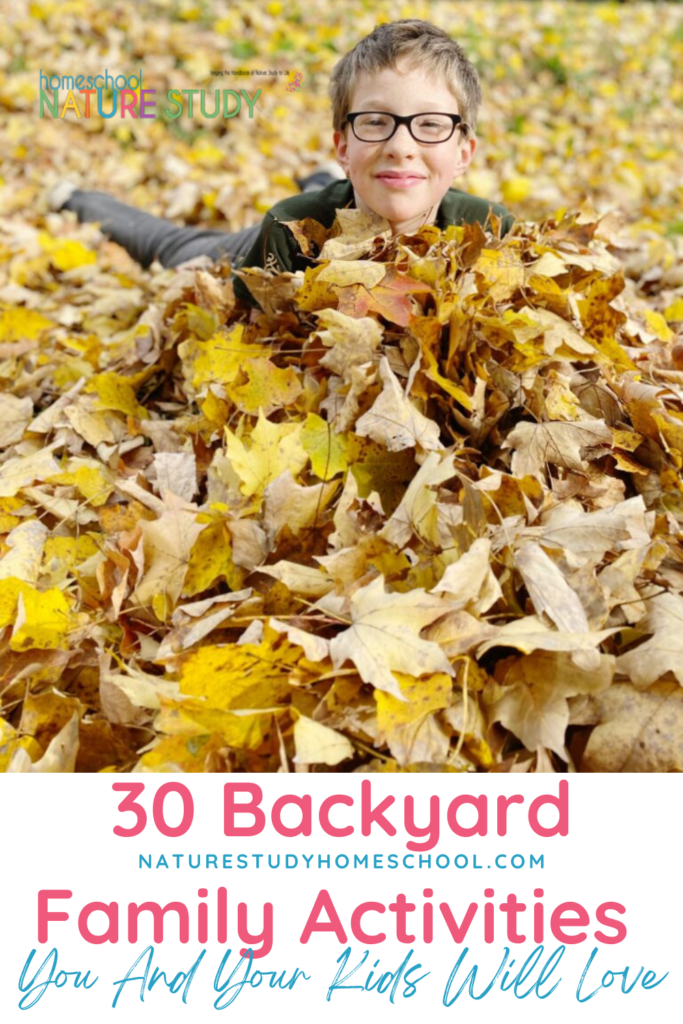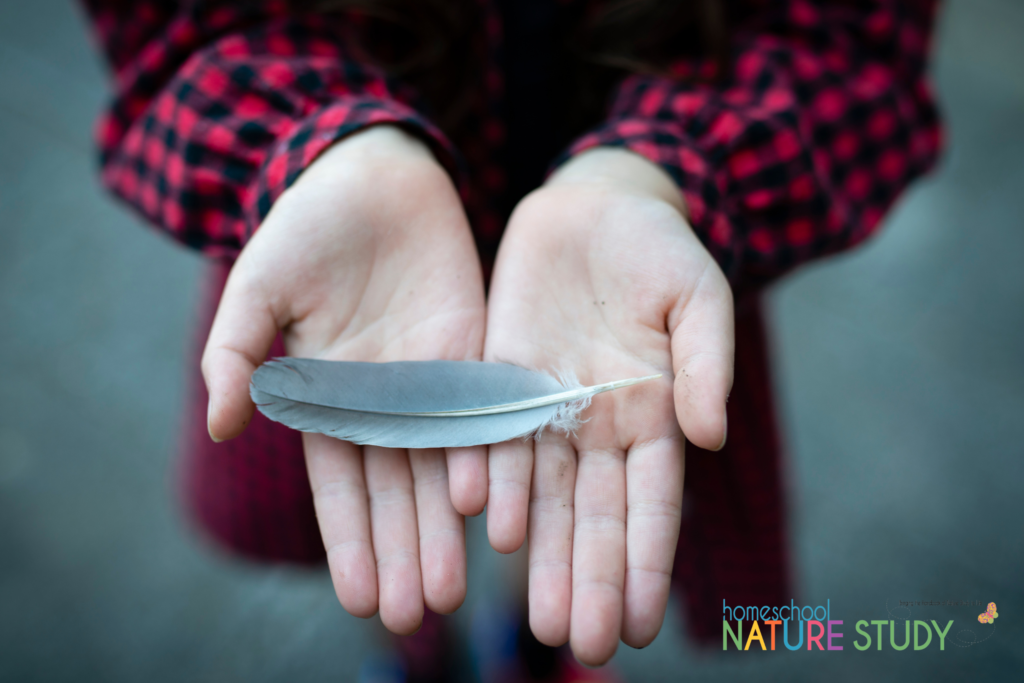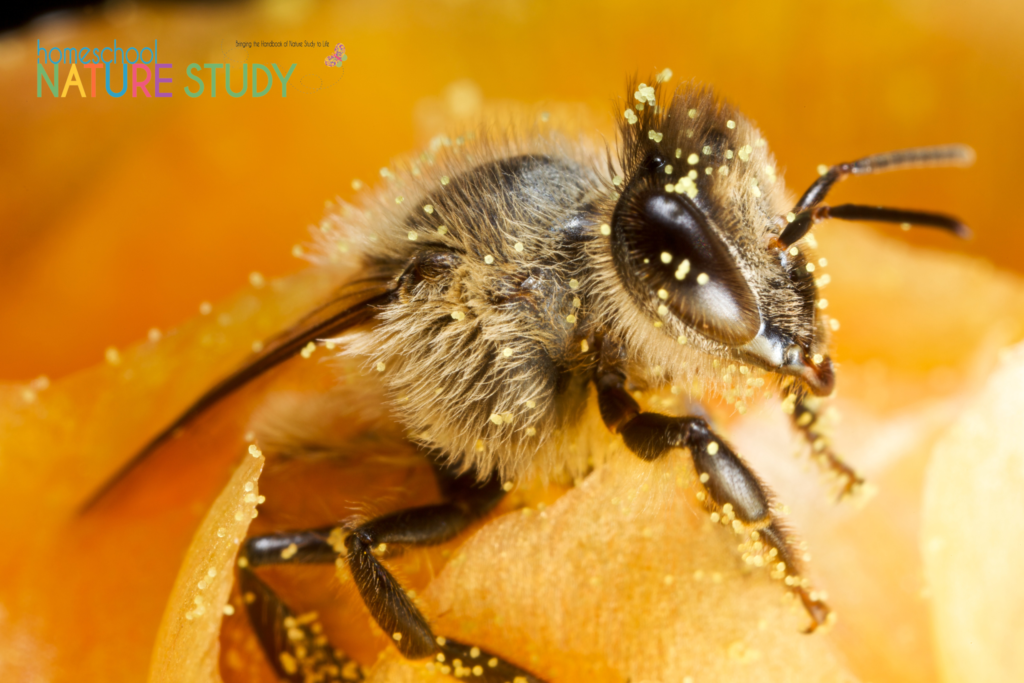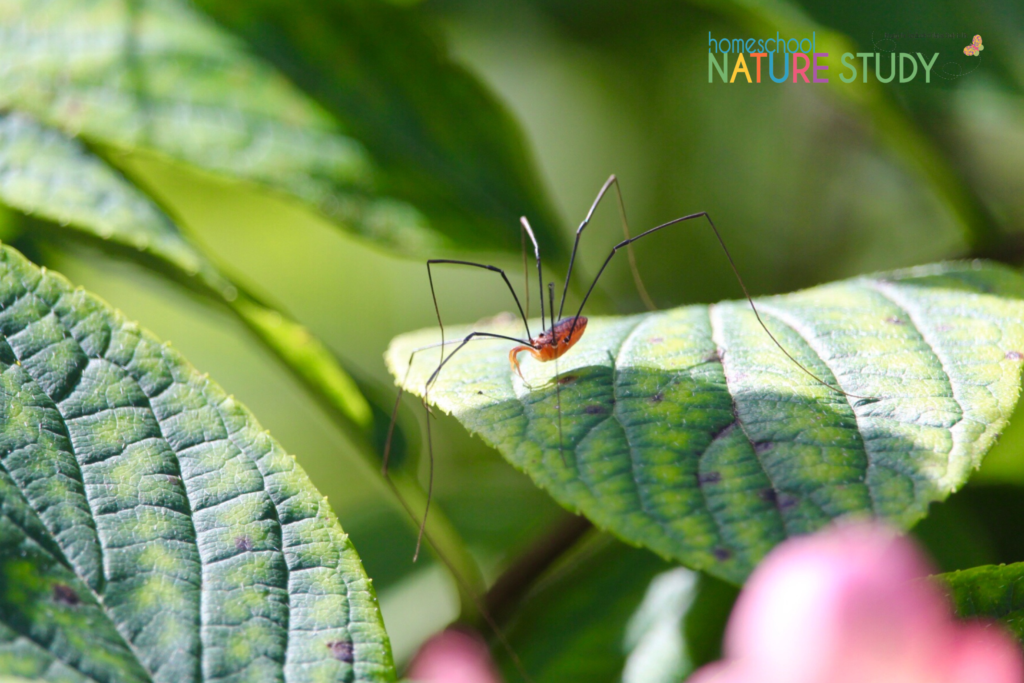Learn about the majestic elk as part of the Outdoor Hour Challenge. I never had any real experience with elk until we moved to Central Oregon. Now, each spring, we have them right out our back door.
With this nature study lesson, you’ll have a chance to learn about this large mammal and do some comparing to other mammals you see more regularly.
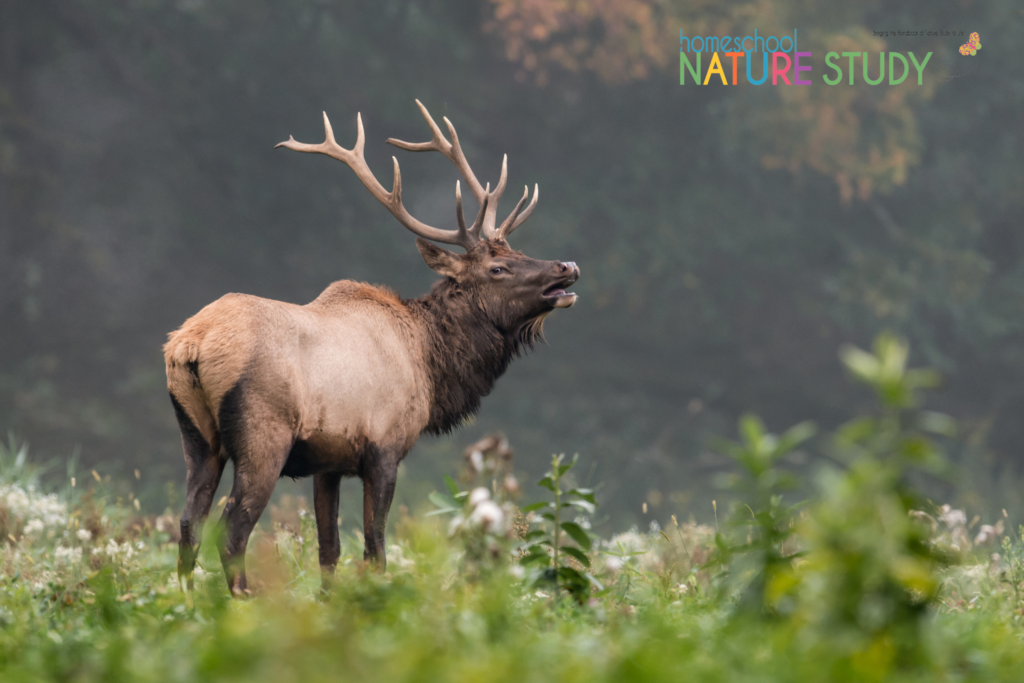
Elk Nature Study & Facts
Male elk are called Bulls and only bulls grow antlers.
Elk are the second largest animal of the deer family, weighing up to 700lbs+. (moose are the biggest)
Elk are the loudest species of deer, their mating call sounds like a bugle.
Elk can run up to 40 mph and jump 8 ft high.
Elk are very good swimmers.
The word “elk” comes from the German “elch,” the name for the European moose.
The elk was nearly killed off by early US settlers, but now thrive, especially in the Western United States.

Where can you find elk?
An estimated one million elk live in the western United States: Wisconsin, Michigan, Minnesota, Missouri, Pennsylvania, Arkansas, Kentucky, Tennessee, West Virginia, Virginia, and North Carolina, and seven Canadian provinces.
Elk Nature Study
The full elk Outdoor Hour Challenge is included in Homeschool Nature Study membership in our High Desert course. This study includes:
- suggestions for study and your Outdoor Hour Time
- elk notebook and coloring pages
- pages in the Burgess Book for Children
- research to see if elk live near you
- plus suggestions for advanced studies for high school students.
- and more!
Here are a few ideas to get you started with an elk nature study:
Choose your resource for learning about the elk. This could be a field guide, a book from your local library or an online resource. Here’s a link to a webpage that has an abundance of information on elk in North America: Elk Network. You will find facts, videos, and range maps on that page that will help you learn about this magnificent animal.
Join the Homeschool Nature Study Membership
There are so many benefits to joining. You will access our full range of curriculum, our interactive learning calendar as well as a homeschool nature study challenge for each week!
Original post written by Barb 2020, updated by Stef Layton 2024.


